About Colosseum
In the heart of the city of Rome in Italy lies the icon of the city, the Colosseum, the biggest amphitheater ever built in the world. With its history dating back to 2000 years, this magnificent monument was given the status of one of the seven wonders of the modern world on 7th July 2007.
The place attracts 6 million tourists every year. Visiting this remarkable place, travelers feel transported from century to century listening with awe to the stories of this seemingly timeless monument. Standing still in its glory, this monument has faced devastation several times by fire, earthquakes, and vandalism over the years
Inaugurated in A.D. 80 by Emperor Titus, the place was known as Flavian Amphitheater, the name “Flavian”, deriving from the name of the Flavian dynasty who built this as a gift to the people of Rome. The name Colosseum was later on named after the huge Colossus of Nero which stood near
Apart from being a tourist attraction, this monument also has a link with the Roman Catholic Church. On the day of Good Friday every year, thousands join the “Way of Cross” procession which starts from the area around the Colosseum with the Pope leading it with a torch lit.
The place also symbolizes the international campaign against capital punishment. As a gesture against death sentences, the local authority changes the color of the night illumination of the Colosseum from white to golden whenever a person condemned to death gets a release or gets a death sentence waived.
Must Checkout: Italy Tour Packages
Also Checkout: Italy Honeymoon Packages
Colosseum Highlights
• Visit one of Rome’s greatest tourist attractions that features an imposing construction and bears over 2000 years of history
• Get mesmerized by the greatest Roman amphitheater that was the site of some of the biggest spectacles of the time including executions of prisoners, gladiator fights, and recreations of battles
• Wallow in the sights and sounds of the Colosseum and walk through the Gate of Death that was used to ferry the dead bodies of executed fighters out of the arena
• Enter the stands and see the trap doors and underground passageways where the gladiators and wild animals used to be kept waiting for their fates
• Delight in the sheer magnificence of the 57 meters high outer wall that is ornately done in marble sourced from quarries from across the country
• Step into the arena area where battle-hardened gladiators once stepped and imagine the roar of nearly 80,000 spectators waiting to get entertained
How To Reach Colosseum
Rome has two airports — the main airport Leonardo da Vinci International Airport at Fiumicino and another the Ciampino airport.
1. By Train: To reach Colosseum from Fiumicino airport, which is 27.6 km away, there is a train which runs every 15 minutes and takes the passengers to Tiburtina Station in 40 minutes. From there, passengers need to take the subway line B and get off at the Colosseum stop.
2. By Bus: There is also an hourly bus from the airport to Colosseum which reaches in approximately 55 minutes.
At a distance of 14.5 km from Colosseum is the other airport, the Ciampino airport.
3. By Bus: There are hourly bus services which take passengers to Subaugusta and Cinecitta stations for taking line.
4. By Metro: A metro which goes till Laurentina station to take line B metro. Both metro line A & B goes up to the Colosseum.
Other than the public transports, both airports have buses which take passengers to the centre of Rome and from there, shuttles and taxi services to the Colosseum.
Book Now: Uffizi Gallery Tickets
Best Time To Visit Colosseum
Although the Colosseum is open to the public for the whole year, it is pleasant to walk through it during the winter season. The mildly cold weather from November to March makes it easier to explore the place. Remember, the place is closed on 1st January and 25th December.
However, you should be aware of the rush of visitors during Christmas and Easter holidays. Also, it is better to avoid the peak summer season which is infamous for humidity. The best time of the day is right at the opening at 8:30 am as it takes around 3 hours to cover the entire place along with a guide. Those who wish to see the undergrounds as well, need to spend 3.5 hours. If one wants to enjoy the beauty of the place by moonlight, special guided tours are available at a premium price.
Suggested Read: Best Time To Visit Rome
Colosseum Other Essential Information
1. Location: The Colosseum is located at Piazza del Colosseo in Rome, Italy. It is located at the heart of the city just east of Roman Forum.
2. Opening Hours: It is open to the visitors on all days from 8:30 am and closes one hour before sunset between 4:30 to 7:15 depending on the time of sunset. The Colosseum is closed on 1st January and 25th December every year.
3. Tickets: The entry to the Colosseum is free for anyone below 18 years. Those belonging to European Union members and aged between 18 and 25 years have to pay €2.00. The box office tickets prices have several categories starting from €16.00.
4. Distance from Airport: The distance between the Fiumicino Airport and the Colosseum is 27.6 km and from Ciampino Airport, it is 14.5 km.
Book Now: Accademia Gallery Tickets
Origins of the Colosseum
The origin of this place dates back to the time of the Great Fire of Rome after which Emperor Nero seized the land and built his palace at this very place. The palace had an artificial lake surrounded by pavilions and gardens. The gigantic bronze Colossus of Nero stood near the entrance of the palace.
This statue was later remodeled to the likeness of the Sun God and the head of Nero was replaced several times with the heads of succeeding Emperors. When Emperor Vespasian started the construction in A.D. 70-72, his intention was to give back the area to the people of Rome after the suffering they had at the hand of Nero and his successors.
During construction, the artificial lake was filled in and the whole place along with surrounding gardens and pavilions was used for the construction of the amphitheater. The supporting buildings were constructed in the area where Nero’s palace once stood. The construction continued till A.D. 80 when his son, Emperor Titus inaugurated the place.
Emperor Domitian, Vespasian’s younger son, modified the place between A.D. 81 and 96. Domitian added the hypogeum, a series of underground tunnels. He also increased the seating capacity by adding a gallery to the top of the amphitheatre.
Recommended Read:Things To Do In Rome
History of the Colosseum
Emperor Titus had inaugurated the place in A.D. 80 with a festival which continued for 100 days with various games. The amphitheatre could host 50,000 to a maximum capacity of 87,000 spectators a day. An average of 65,000 spectators would gather on a day to watch gladiatorial combats, hunts, wild animal fights, enactments of famous battles and later, dramas from classical mythologies.
Over the centuries, the place was ruined and restored several times. The place caught fire in 217 and was repaired between 240 and 320, again suffered an earthquake in 443 and restored. In between, the place became a regular hunt for stone robbers and thieves who made further damages.
Initially created for entertainment, in the 12th century, the amphitheatre was used as a fortress by the Frangipani family and a part was converted into housing and workshops. In 1349, the place suffered another earthquake and was badly damaged and again restored and restructured.
Later on, between 14th to 17th century, it was converted into a sacred site by Christians and in 1749, the place became a Christian Shrine. In recent years, a major restoration program was done between 1993 and 2000 and the place was converted into a tourist attraction.
Also Read: Museums In Rome
Architecture of the Colosseum
The amphitheater's basic interior and exterior architecture is like two roman theatres standing back to back. It is a freestanding structure and elliptical in plan. With a length of 189 meters and a width of 156 meters, the place is spread across 24,000 square meters(6 acres) with a height of 48 meters and a perimeter of 545 meters.
The central arena is oval having an 87 meters length and 55 meters width. There is a 5 meters wall surrounding the arena from which seating arises in tiers. The central arena is a wooden floor covered with sand. Beneath the floor is the hypogeum which is the underground series of tunnels earlier used for housing animals and slaves.
There are 3 tiers of seating having arched entrances from eight sides.There are four decorated axials at four sides of the colosseum. The axial, at the main entrance, is named as Arch of Constantine, in memory of Constantine’s history over Maxentius at Pons Milvus.
Each of the stories contains columns of different styles with simple Doric style at bottom, Ionic in middle and ornate Corinthian order at the top. Each tier is divided into sections by curved passages and low walls. Also, the arches of the second and third-tier arcade had framed statues.
Must Checkout: Rome Tour Packages
Also Checkout: Rome Honeymoon Packages
Tips for visiting Colosseum
- On every 1st Sunday of the month, the Colosseum is open to the public for free and has up to 30,000 visitors those days.
- In the Colosseum, heavy backpacsuitcasesitcase/trolleys are not allowed although small backpacks are allowed. All bags are checked with metal detectors before enteringTip.
- The Colosseum only allows 3000 people at the same time due to security reasons.
- Since there is a long walk involved, visitors need to wear comfortable shoes and also carry hats or caps to cover the head, especially during summer
- Try to reach the venue early in the morning as soon as it opens for visitors to avoid the crowds and explore in relative peace
- Book your tickets online to save time that you would otherwise spend waiting in long queues in the heat
- The easiest and fastest way to reach the Colosseum is by metro with a station near the site
- Be wary of your belongings as there might be pickpockets around, especially during the busiest hours
- Stay on till the evening to witness the breathtaking sight of the Colosseum when illuminated
Do Read: Unusual Things To Do In Rome
Arch of Constantine
Located in between the Colosseum and the Palantine Hill is the largest Arch of Constantine. This arch was built by the Roman senate in 315 AD to celebrate Emperor Constantine’s victory. Travellers often love to enjoy the beauty of this place at night.
Also Checkout: Churches In Rome
Ludus Magnus
Located just opposite to the Colosseum is the Ludus Magnus, the ruins of gladiatorial training school of ancient Rome. Only a small part of the place is visible while most of it is still hidden underground.
Click Here to Book Now: Boboli Gardens Tickets
Palatine Hill
Since 1000 BC, Palantine Hill has been inhabited and known to be the birthplace of the Italian capital. The most central of the seven hills of Rome, the place has several attractions such as Domus Flavia, House of Livia, House of Augustus, Farnese Gardens, Hippodrome of Domitian and also Palatine museum.
Suggested Read: Things To Do In Florence
Roman Forum
This place is the hub of political and social activities of the Romans. A must-visit is a walk around the Forum. The place currently is worth a visit for the various places to see such as Via Sacra, Arch of Titus, Arch of Septimius Severus, Temple of Antoninus and Faustina, Basilica of Maxentius and Constantine and so on.
Click Here to Book Now: Medici Chapel Tickets
Basilica Di San Pietro in Vincoli
This place was built during 15th century to house the relics of Saint Peter’s chains during his imprisonment in Jerusalem. The house is famous for the Michelangelo’s statue of Moses.
Also Book: Vatican Museums Tickets
Basilica Di San Clemente
This is a minor basilica which was dedicated to Pope Clement I. This beautiful building is made of three layers. Records the history of Rome from the beginning of Christianity up until the Middle Ages is present in this temple.
Click Here to Book Now: Colosseum Tickets
Tourism Board Alliances
Colosseum FAQs
What is Colosseum famous for?
The Colosseum is one of the seven wonders of the modern world. The place is famous for being the world's largest amphitheatre ever built.
Click Here to Book Rome Tour Packages Now!
Why is the Colosseum broken?
The Colosseum had withstood two earthquakes and one fire over centuries. The place was further damaged by thieves and stone robbers. Although restoration work was done several times, it could not be fully restored to its former glory.
Planning A Trip To Rome, Book Our Day Trips From Rome Now!
Can you take photos in the Colosseum?
Is the Colosseum worth visiting?
What is Colosseum famous for?
Why was the Colosseum built and for what purpose?
What are the Places to Eat near Colosseum?
Should you buy Colosseum tickets in advance?
Why did the Romans build the Colosseum?
Is there any Transportation facility available to Colosseum?
How long do you need at the Colosseum?
Which are the top attractions in Rome that are available at Thrillophilia?
List of top attractions in Rome that are available at Thrillophilia:
What are the various Italy tour packages available from different cities in India?
Here are the various Italy tour packages available from different cities in India
Colosseum Reviews

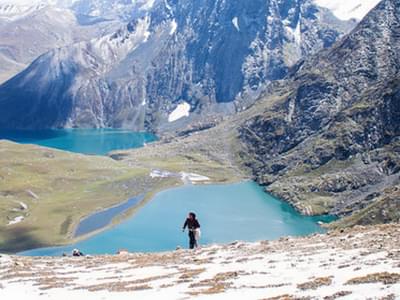





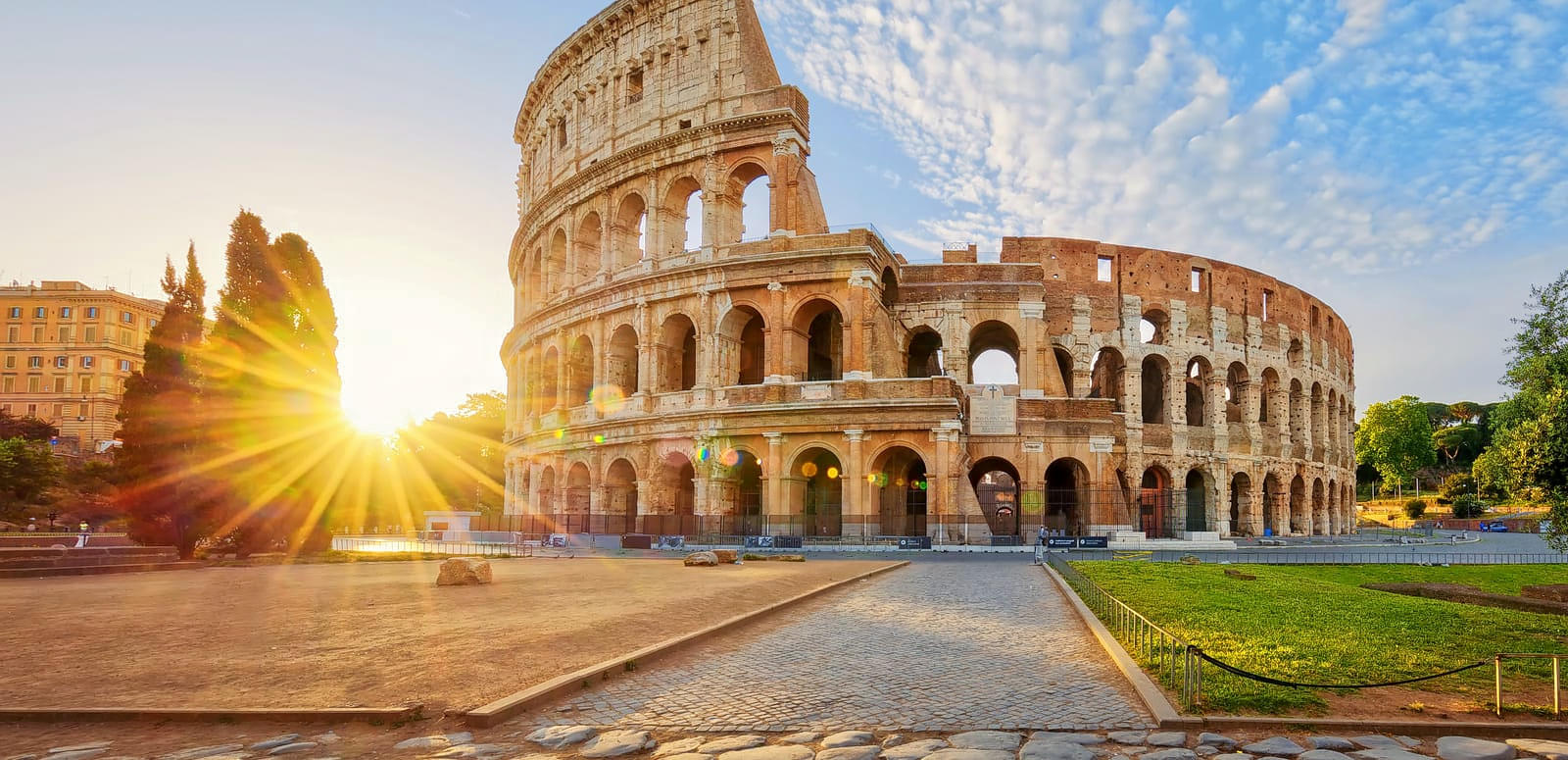










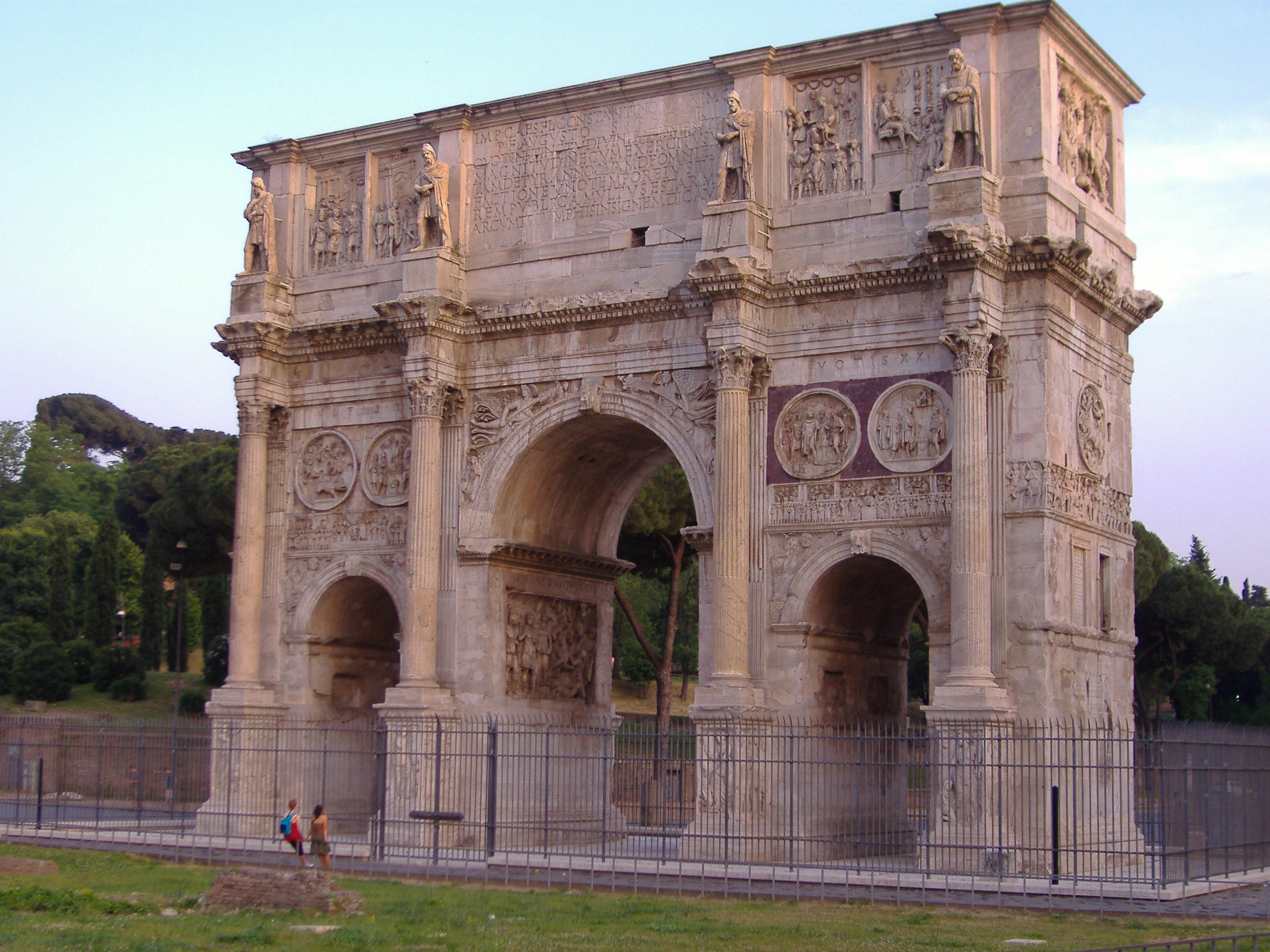
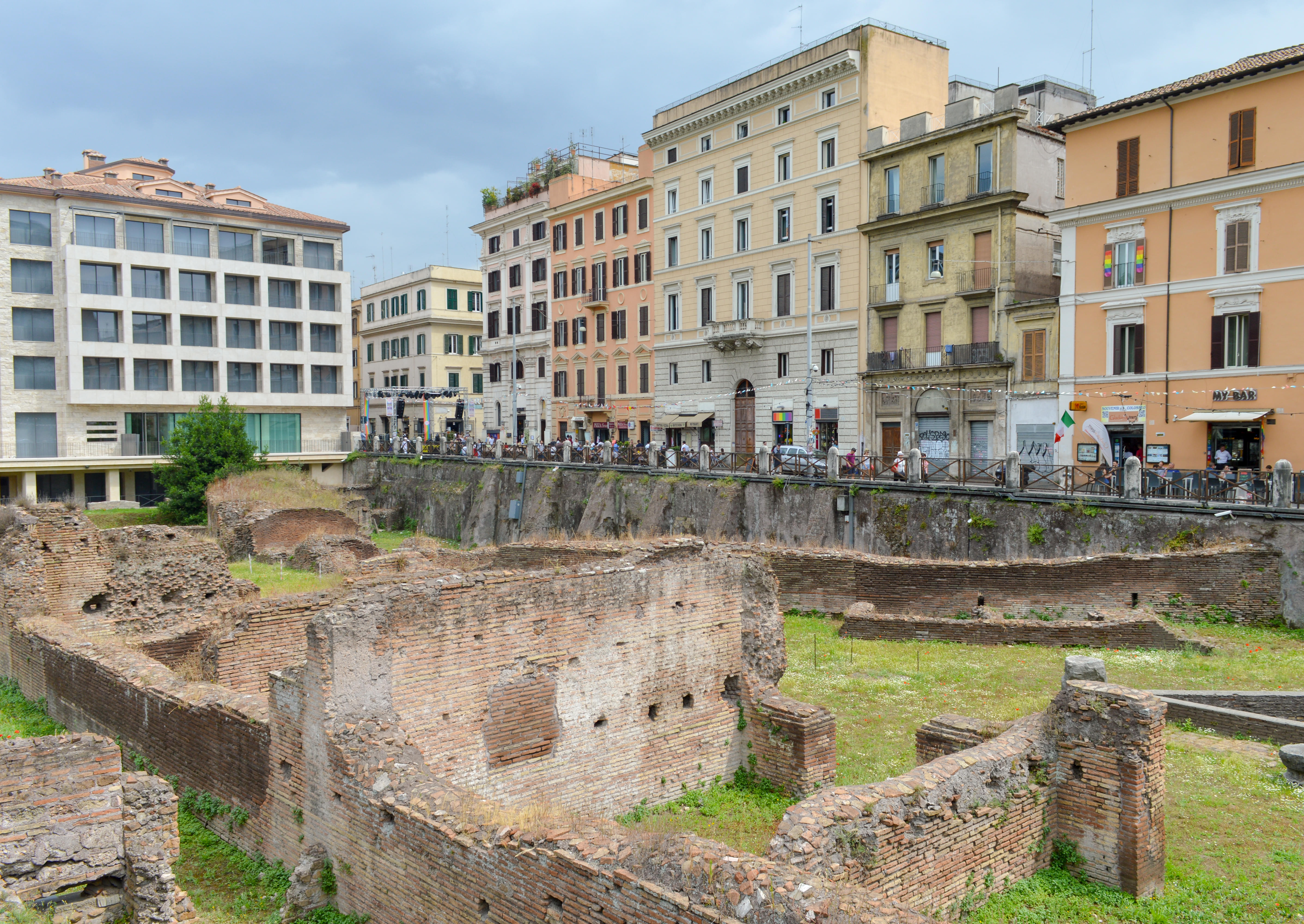

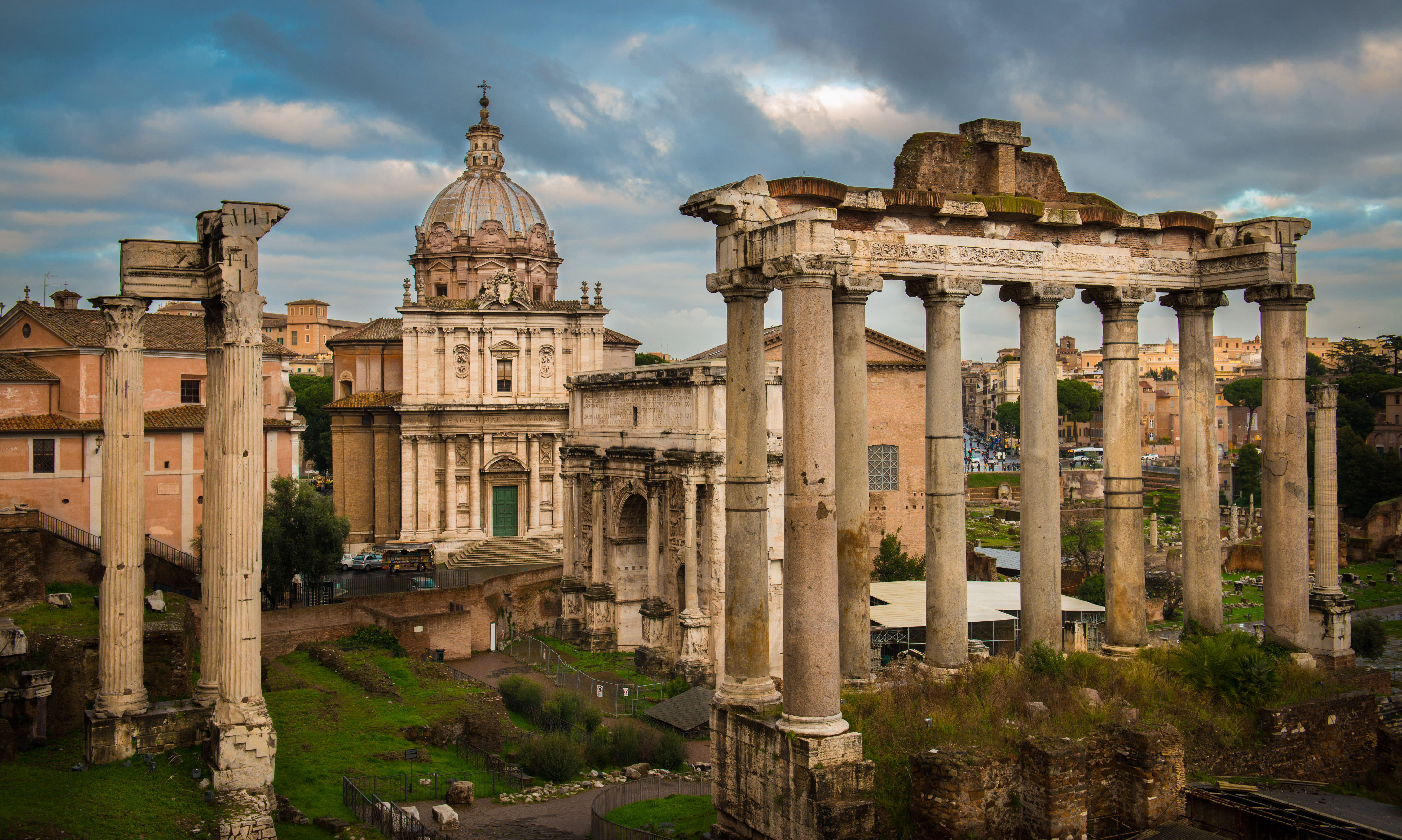
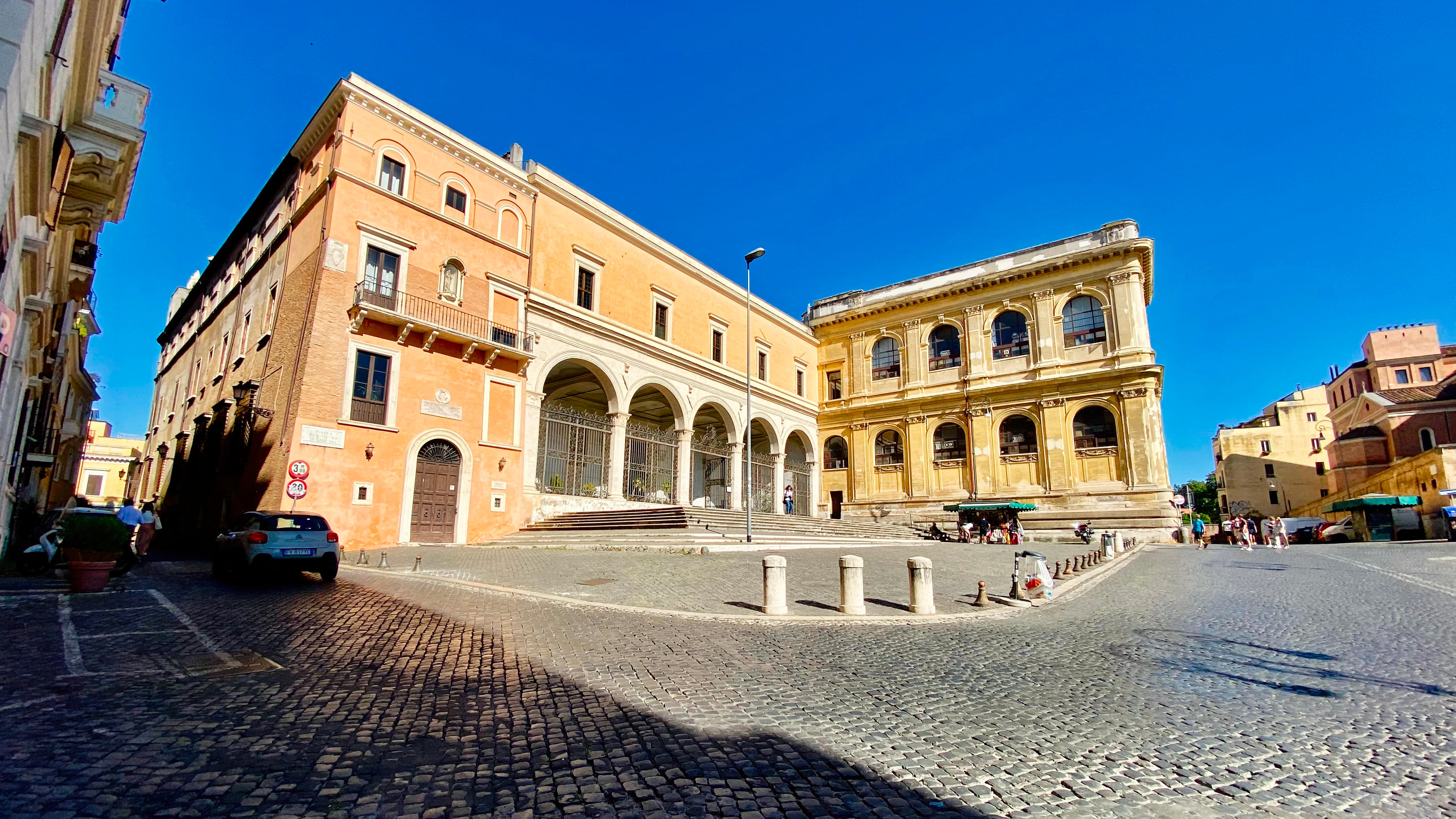
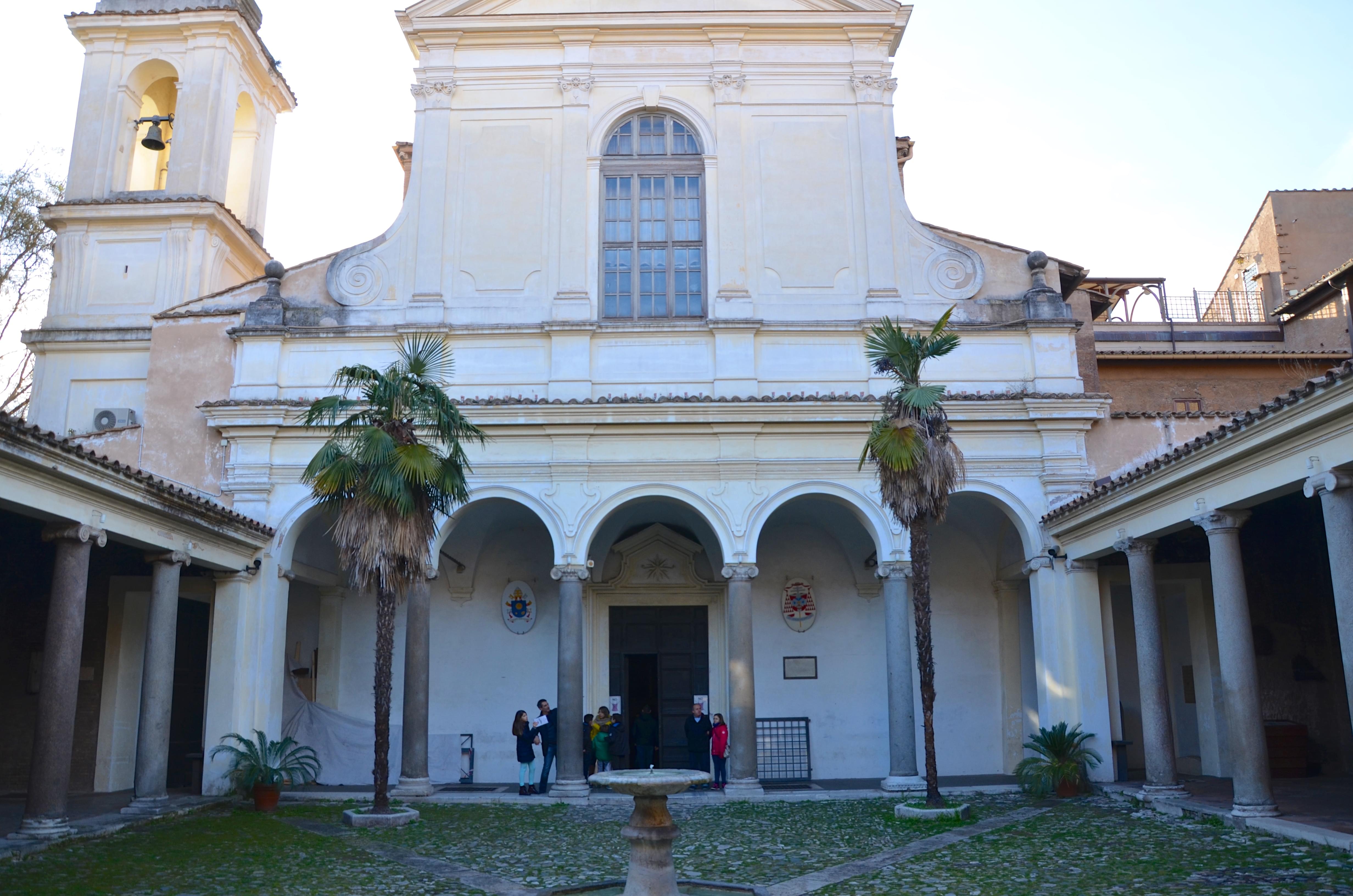
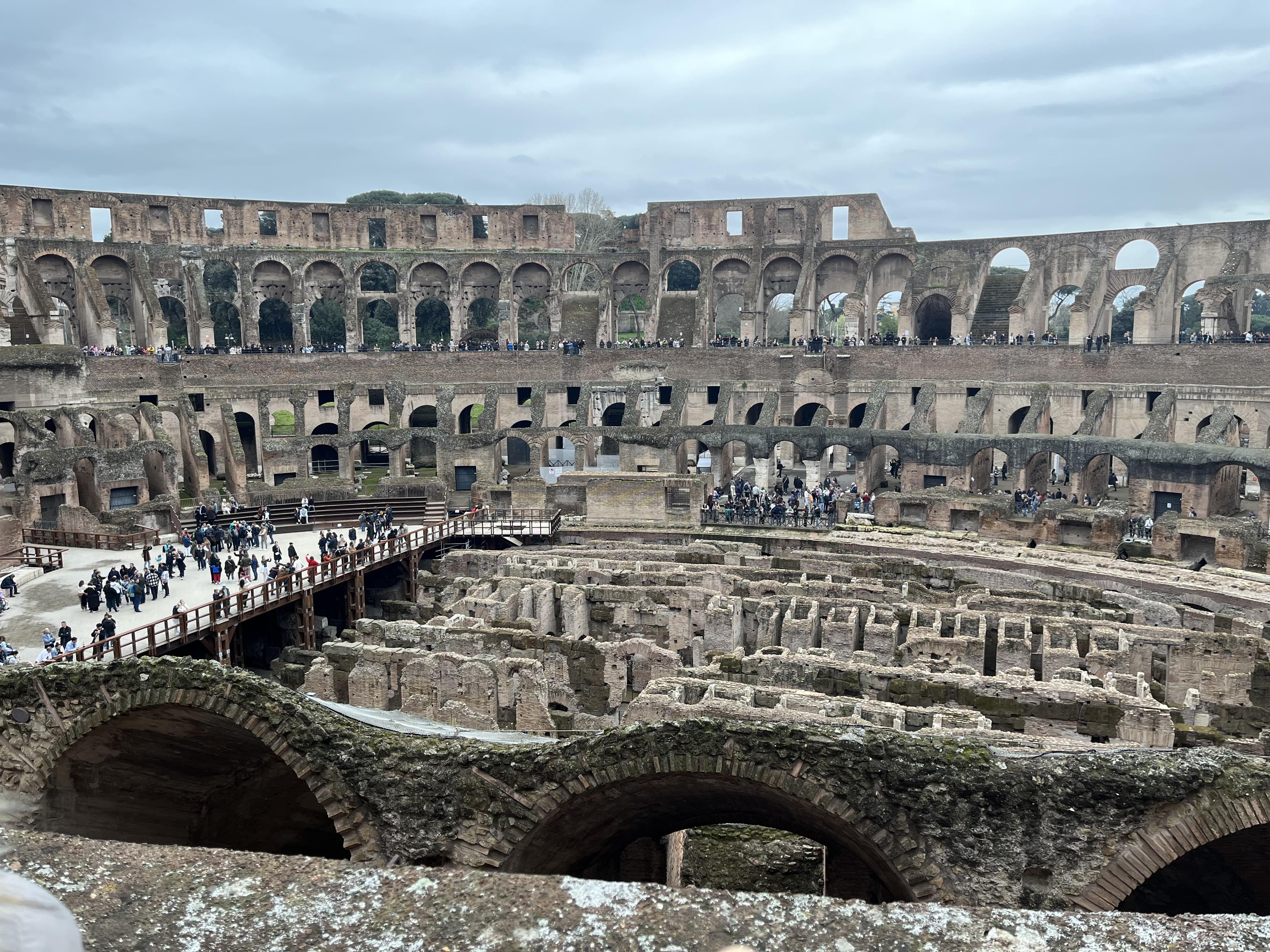
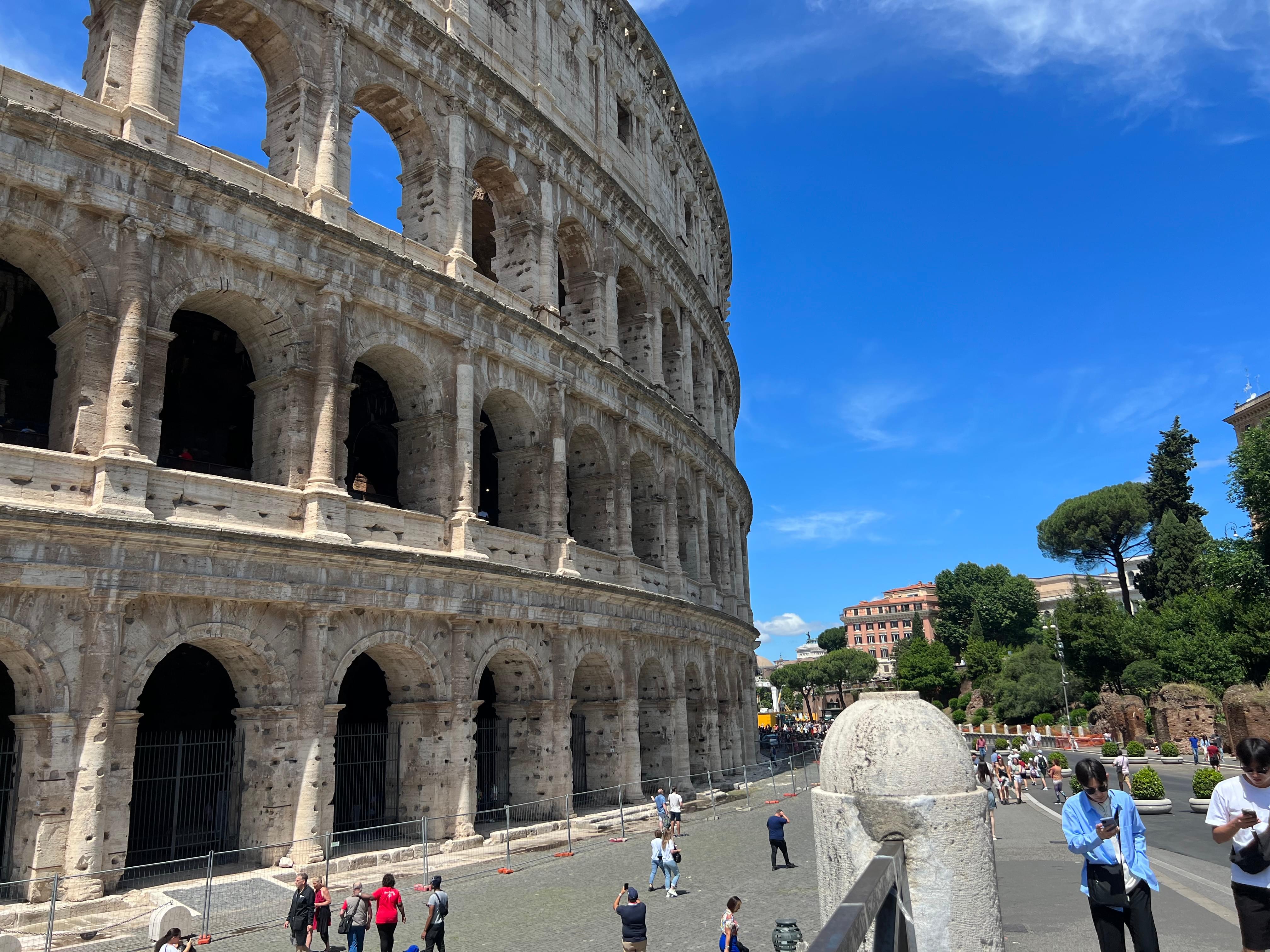
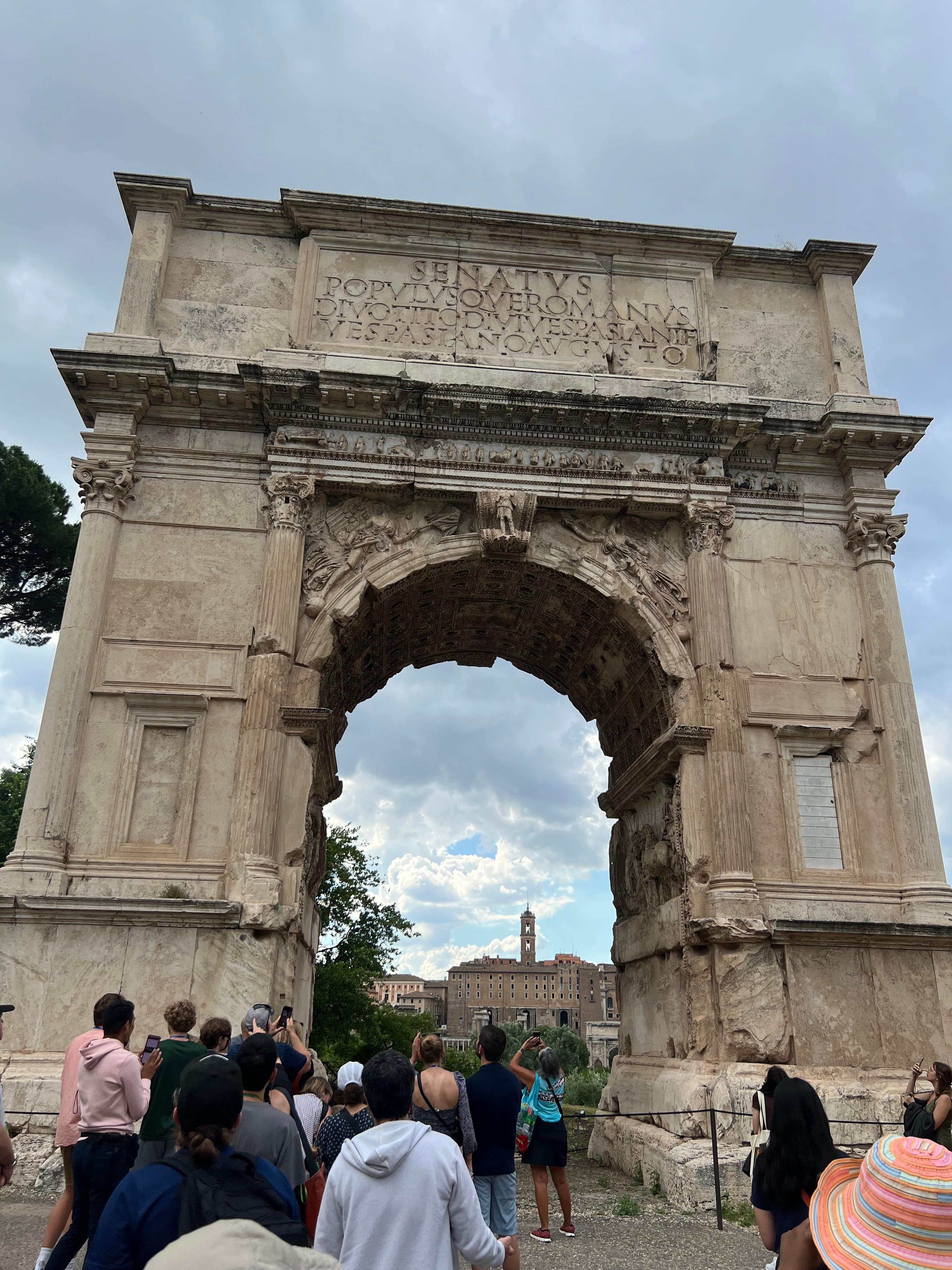
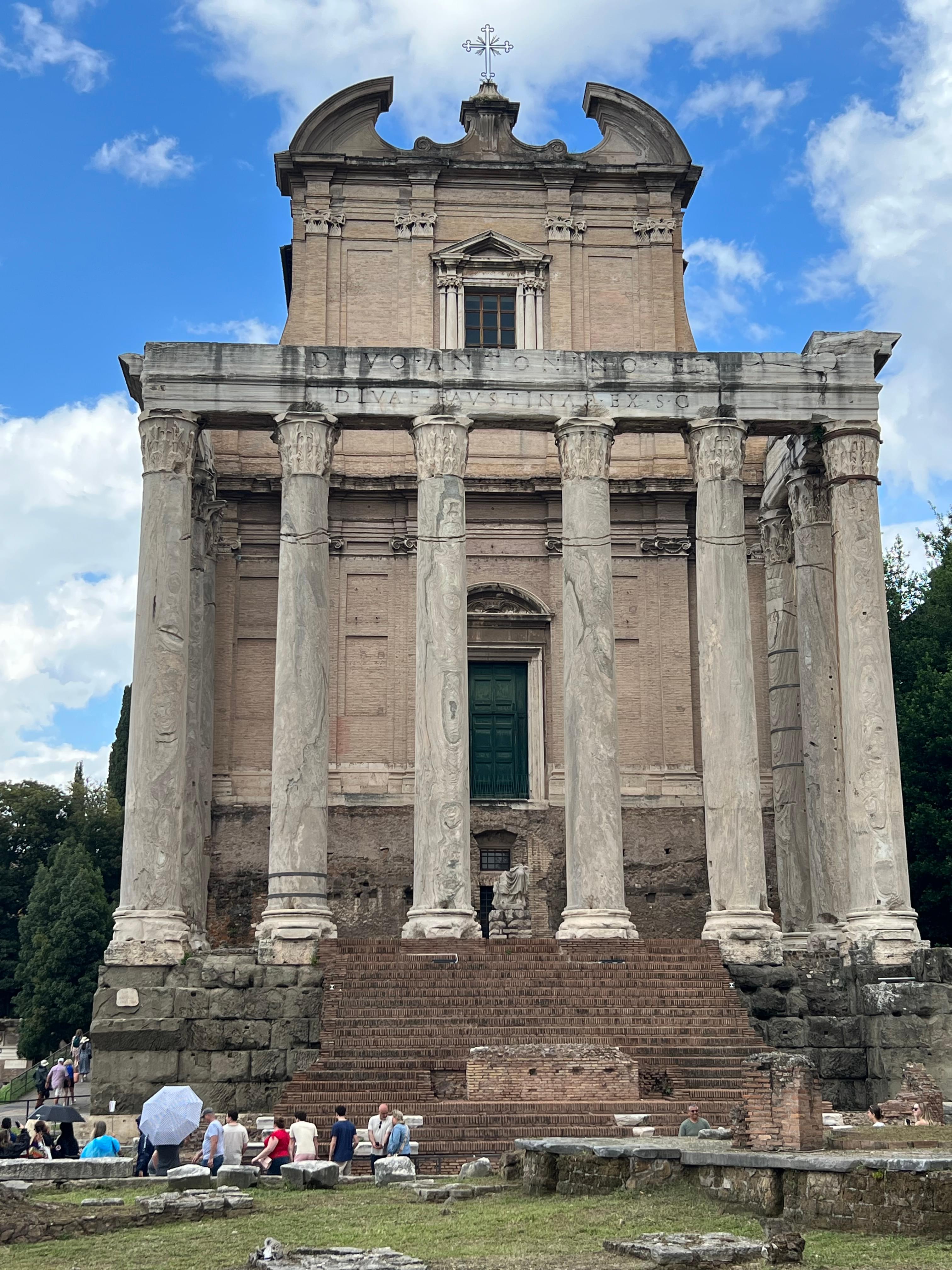
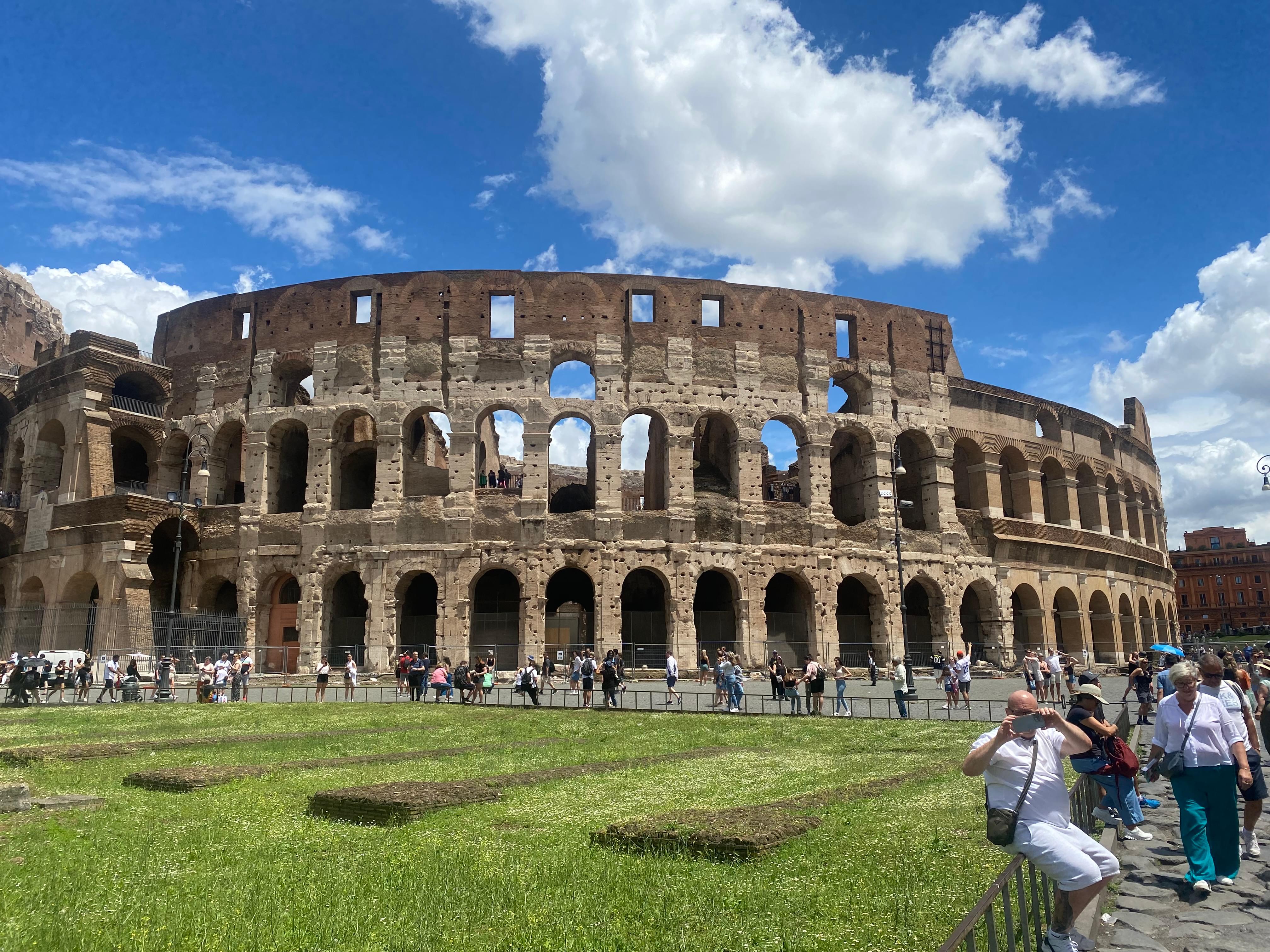
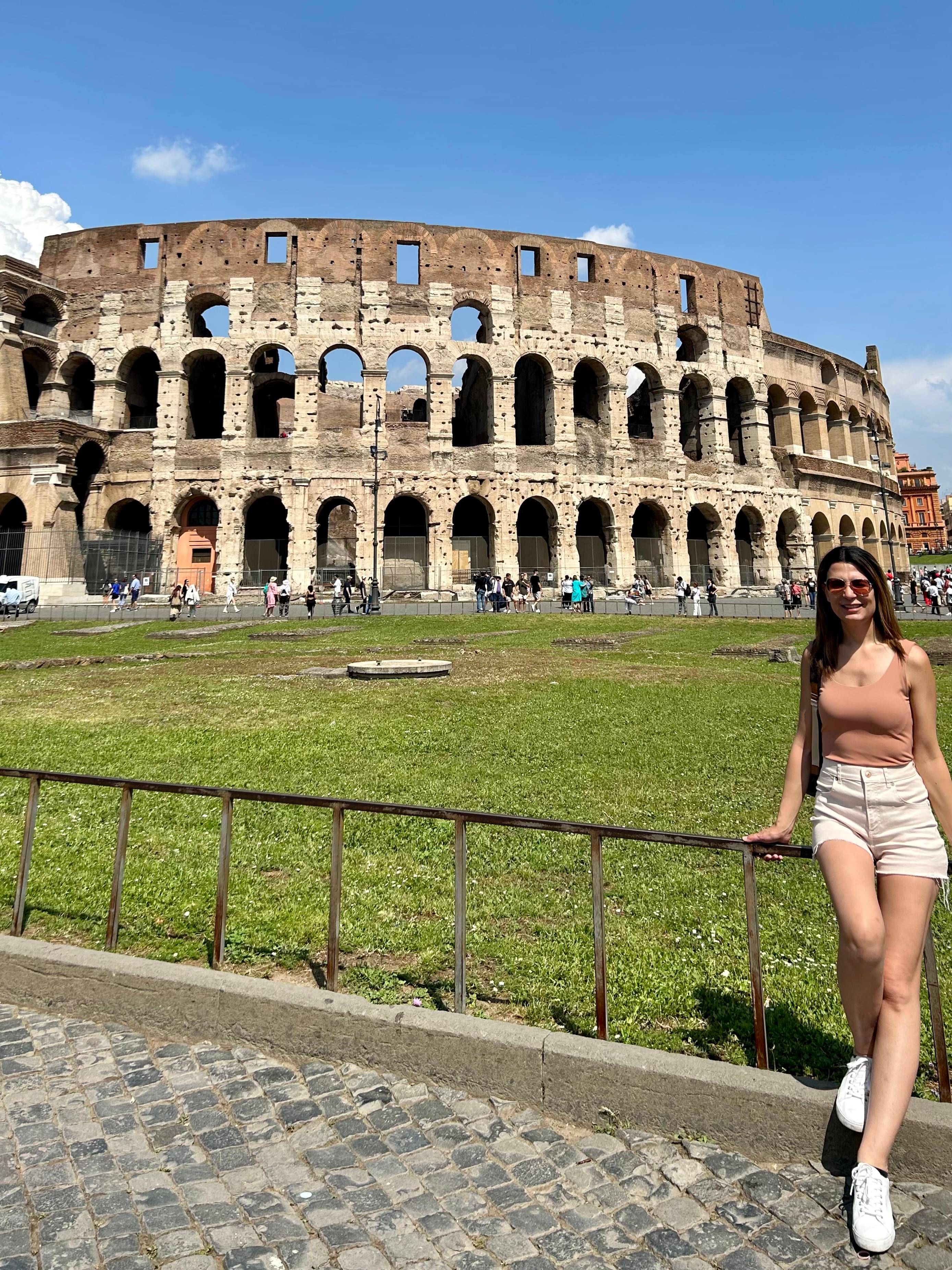
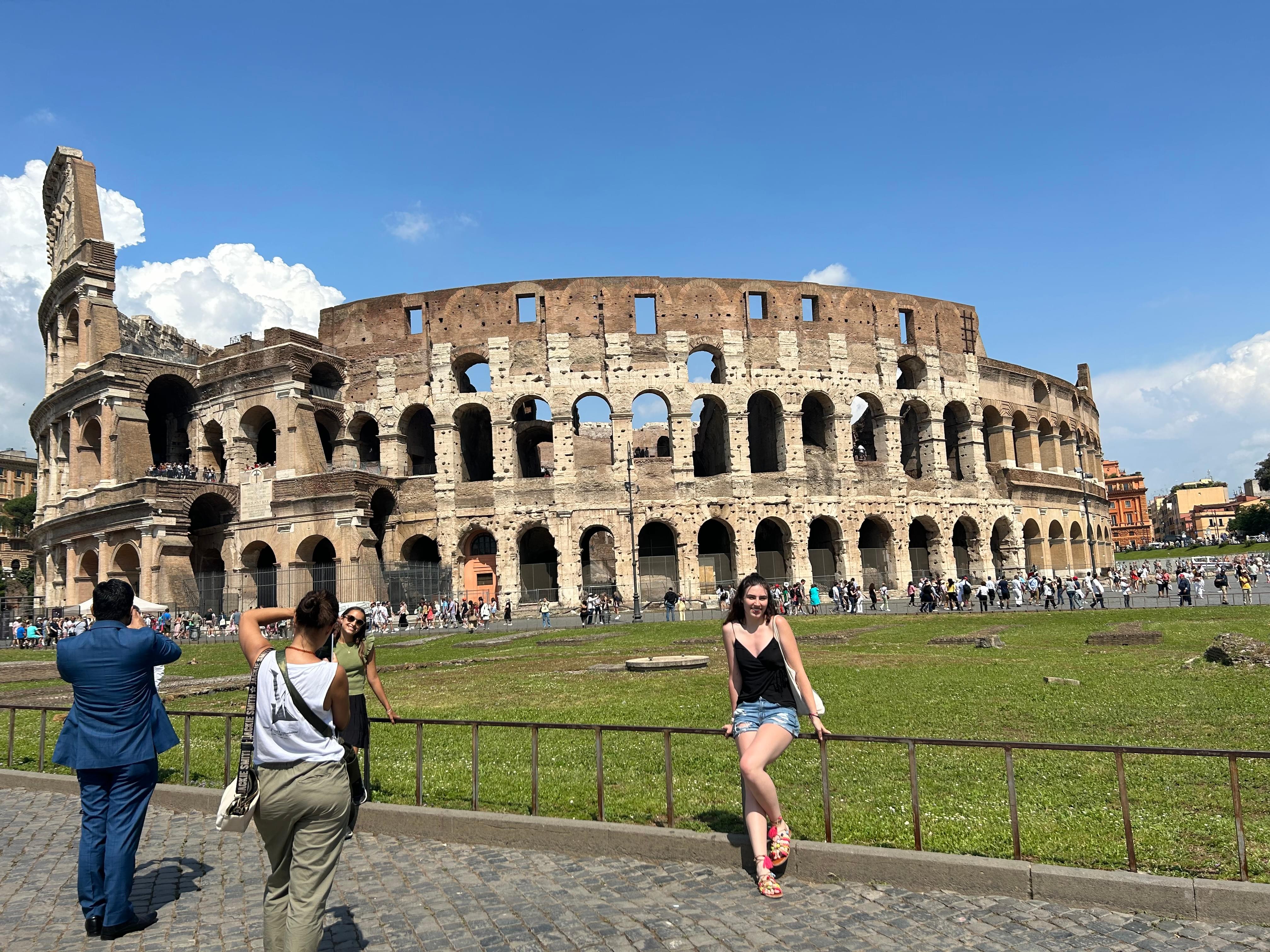
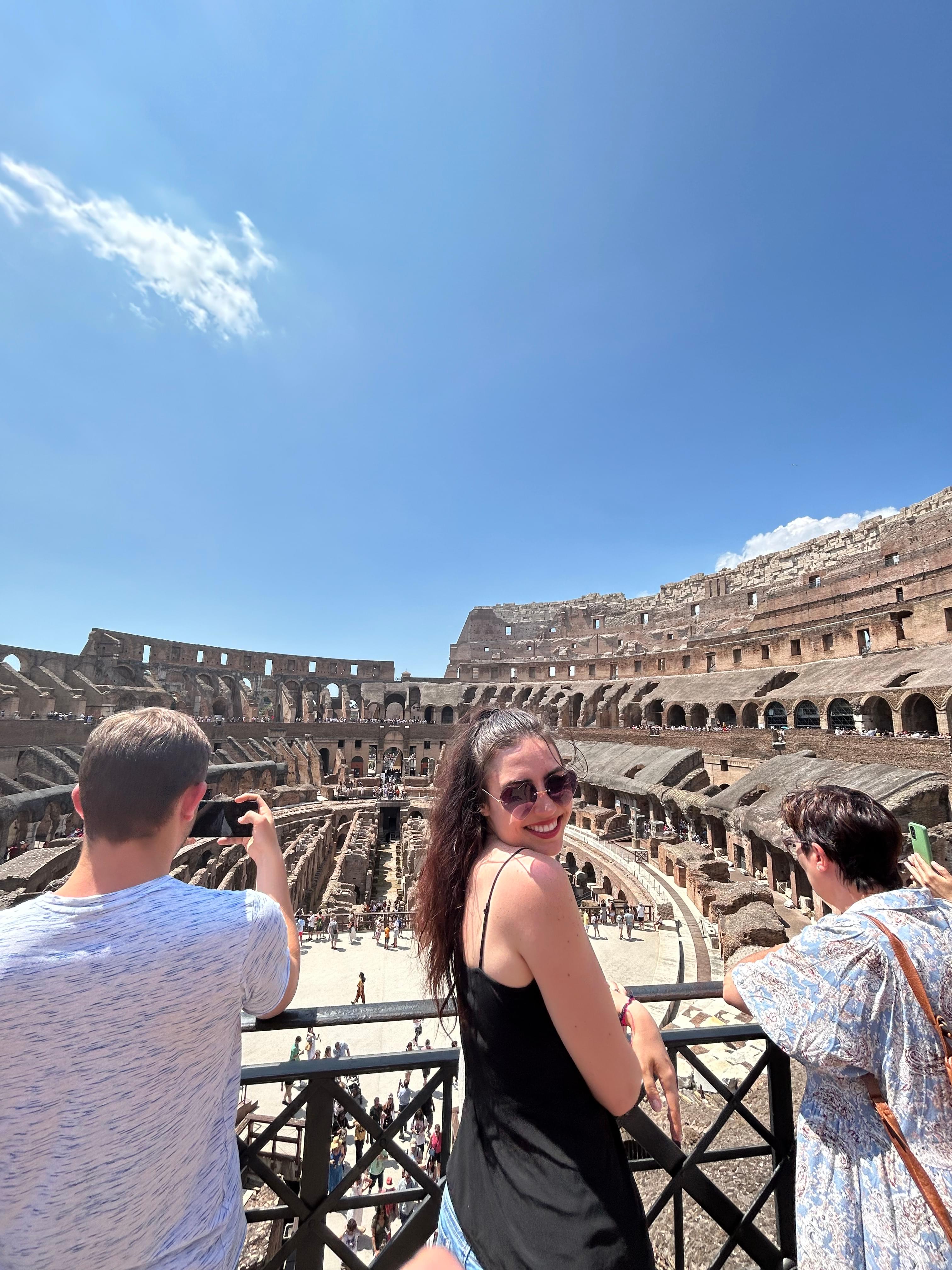
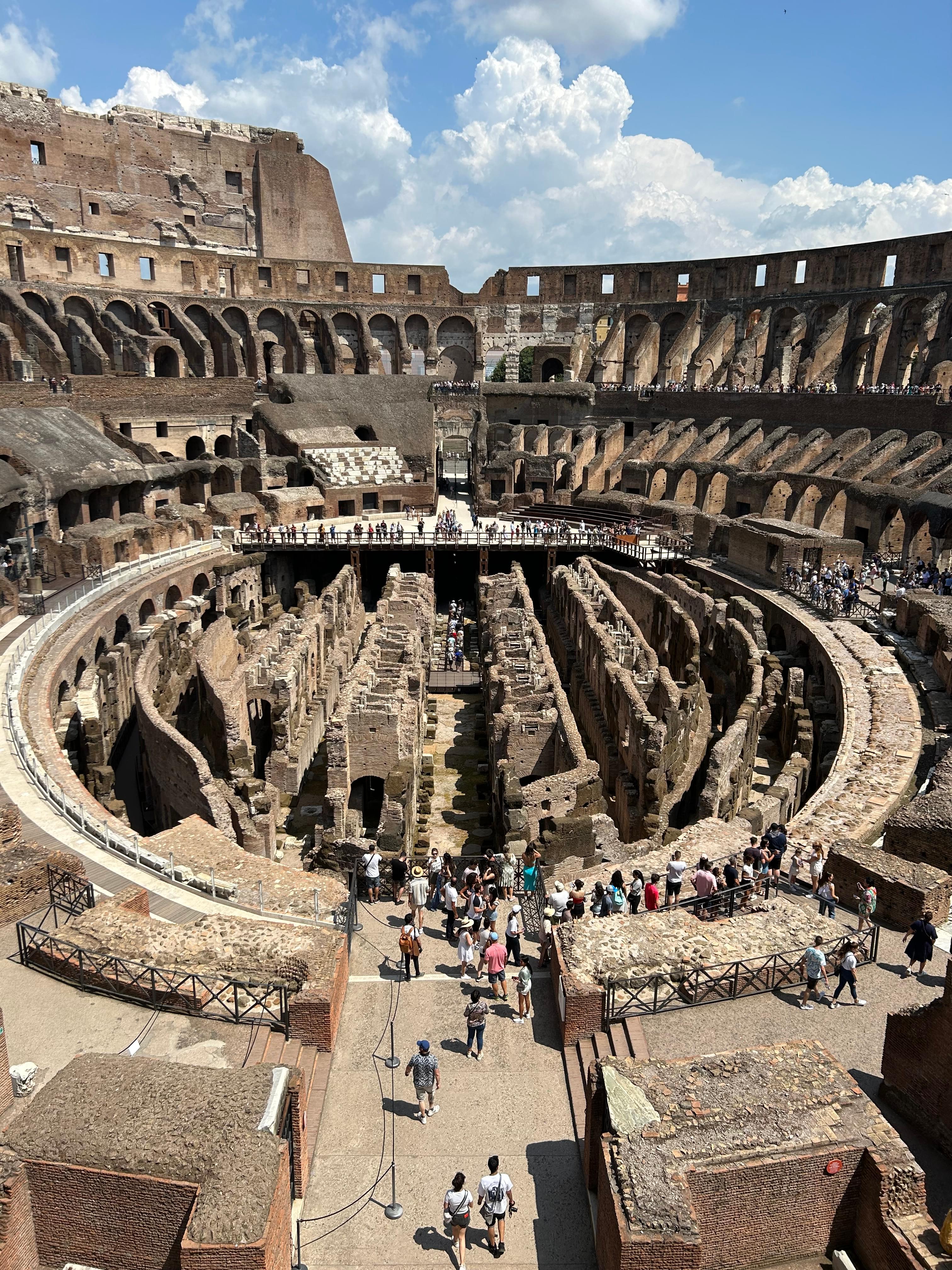



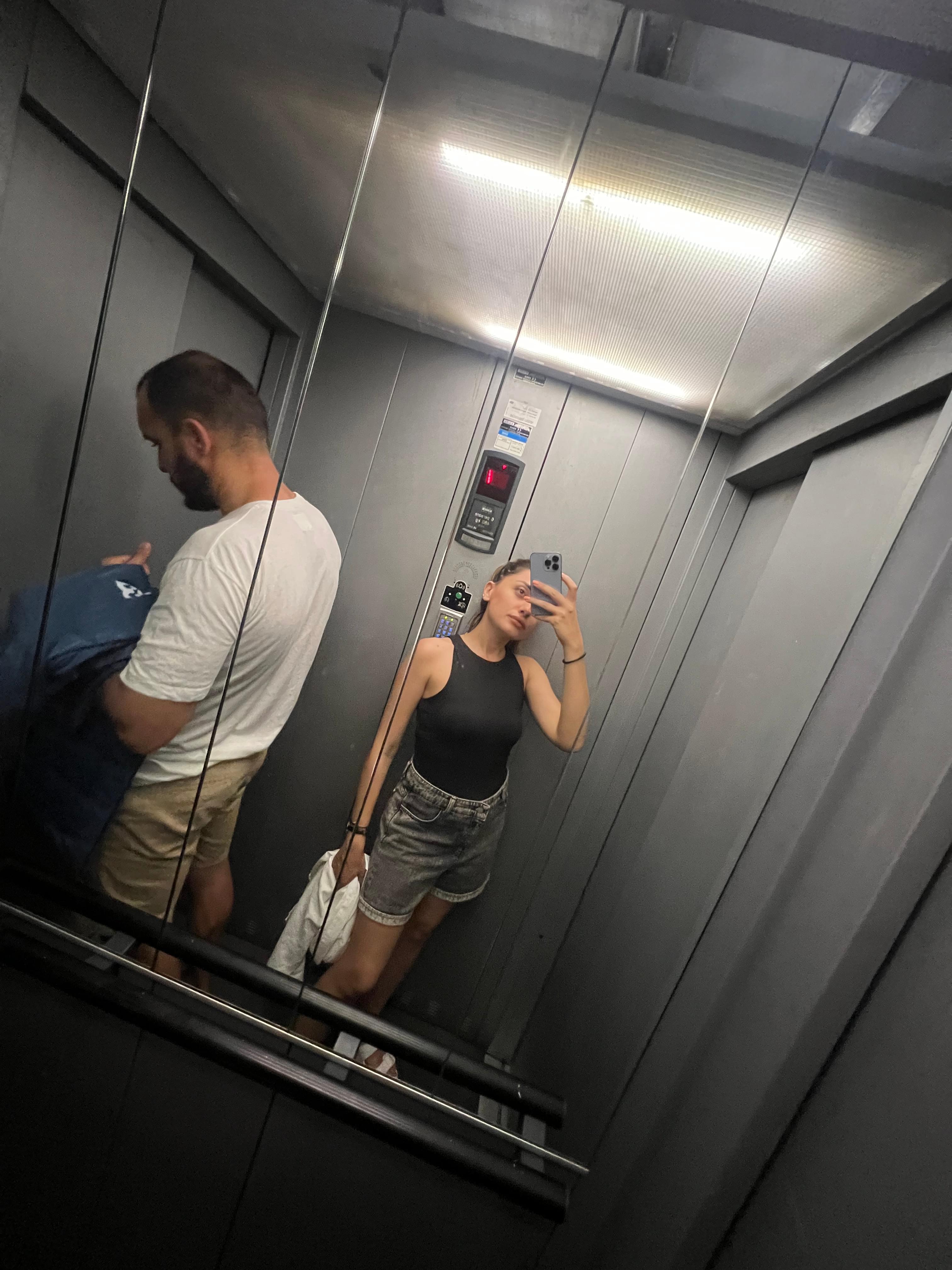
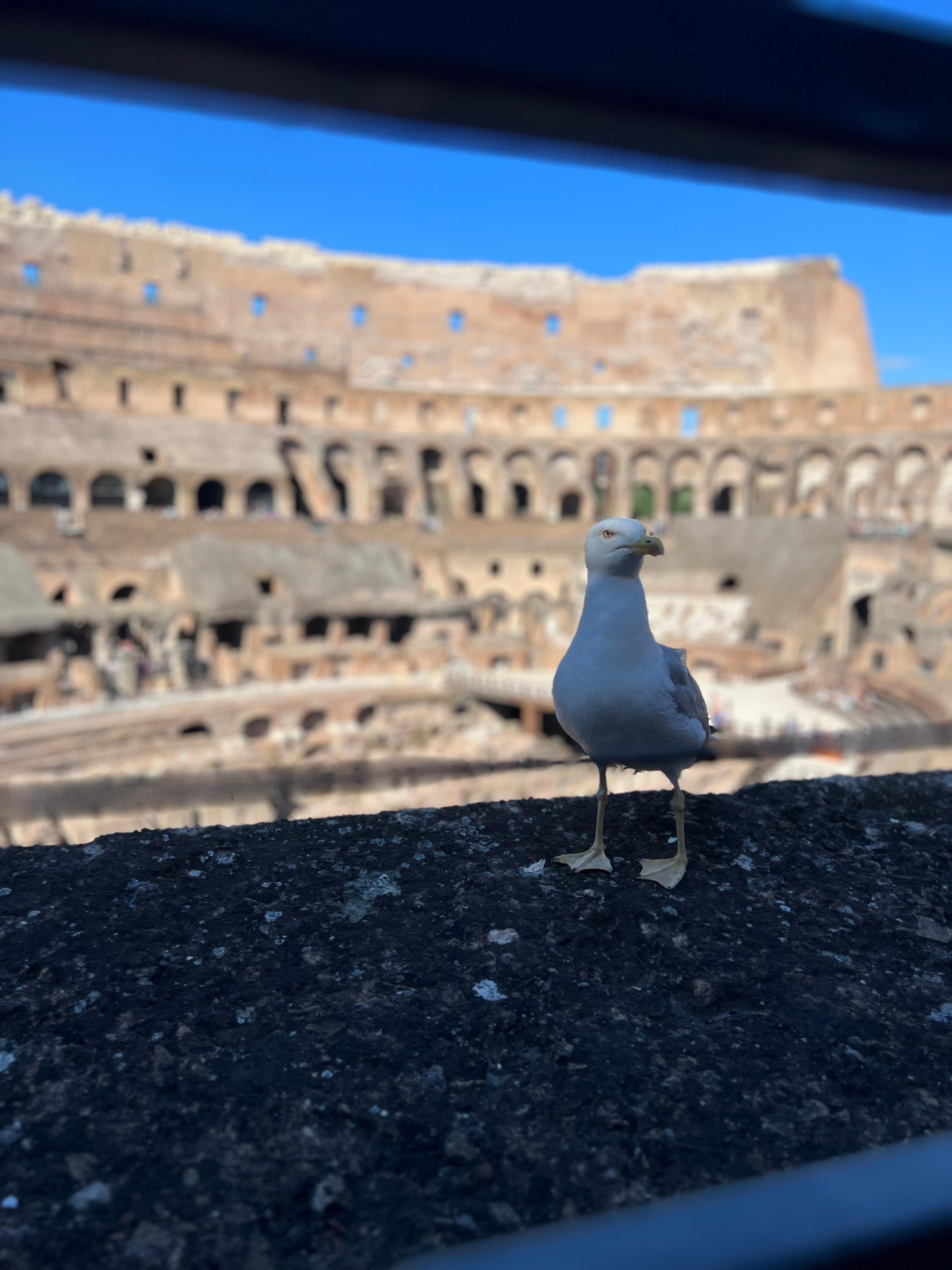
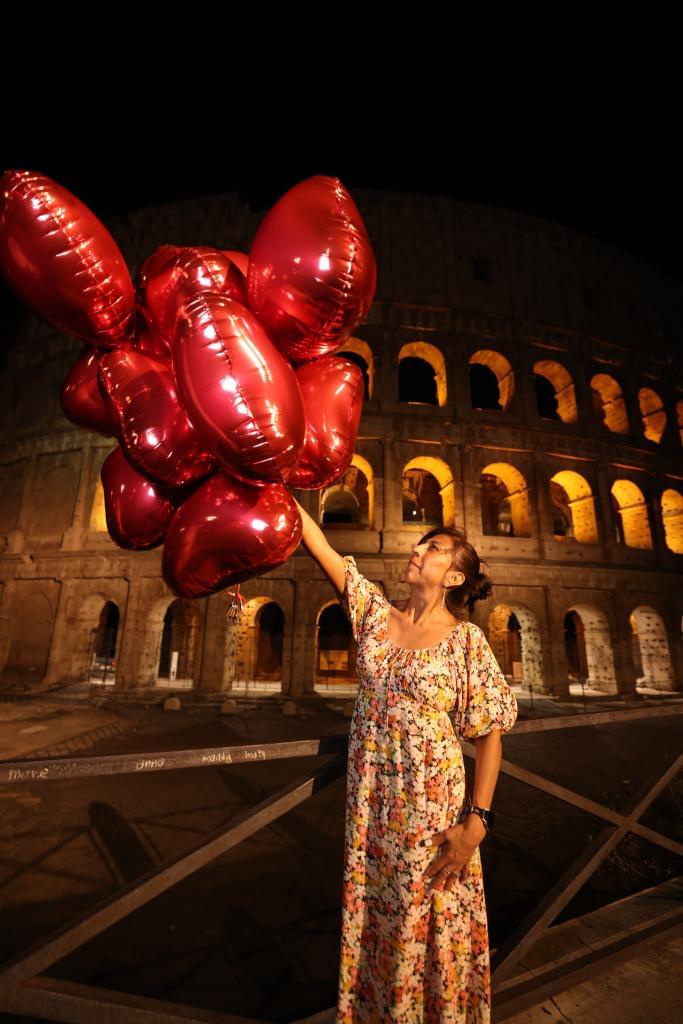

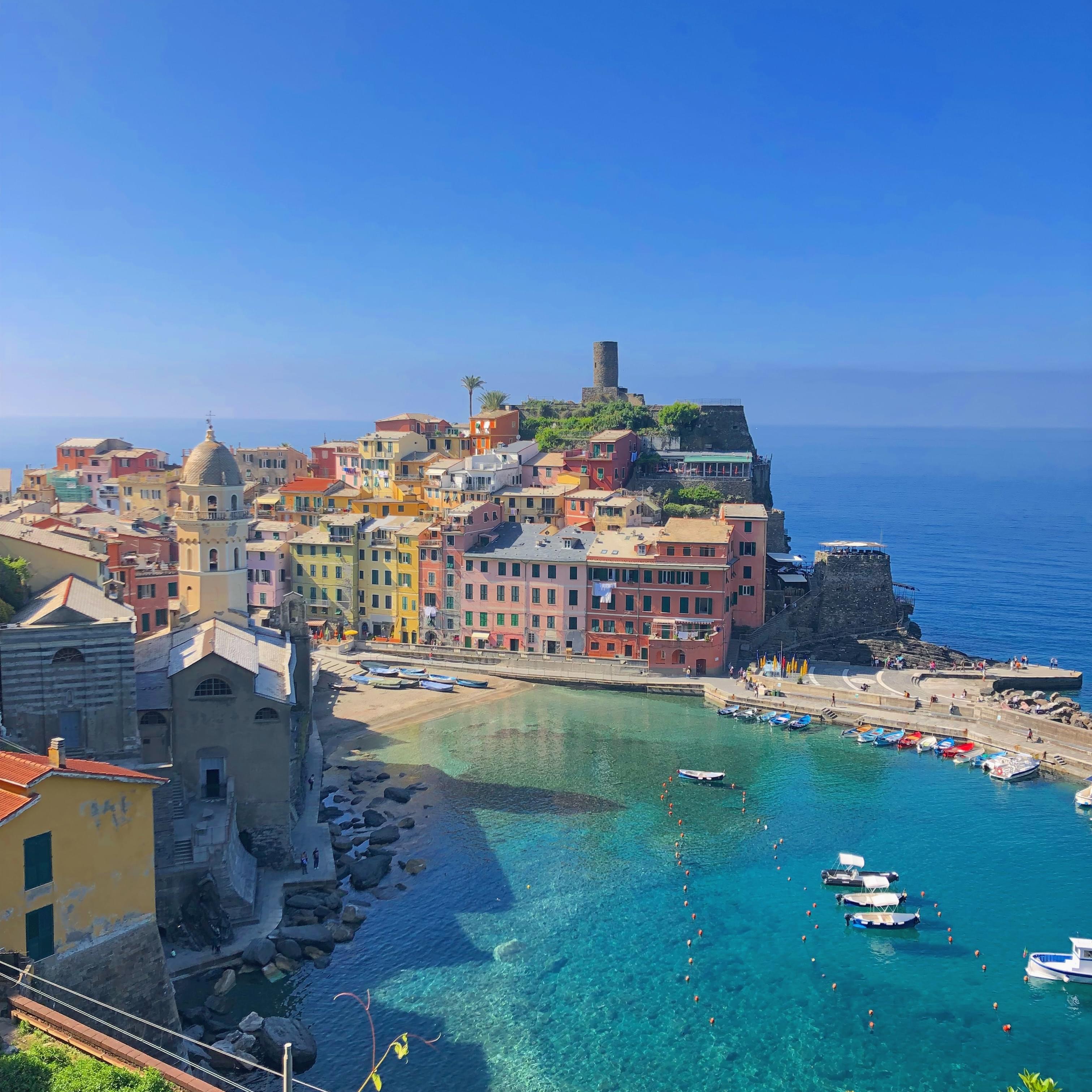
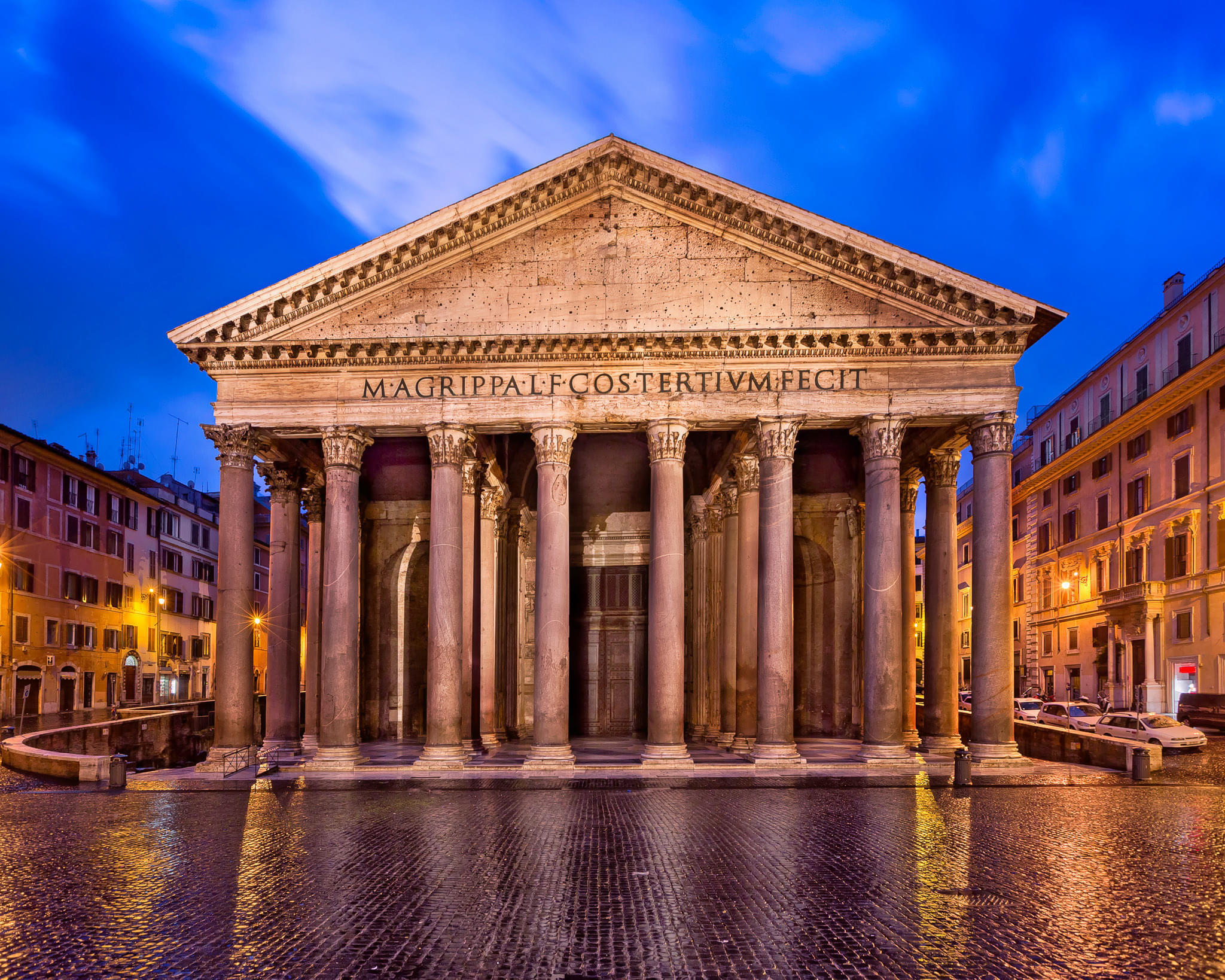
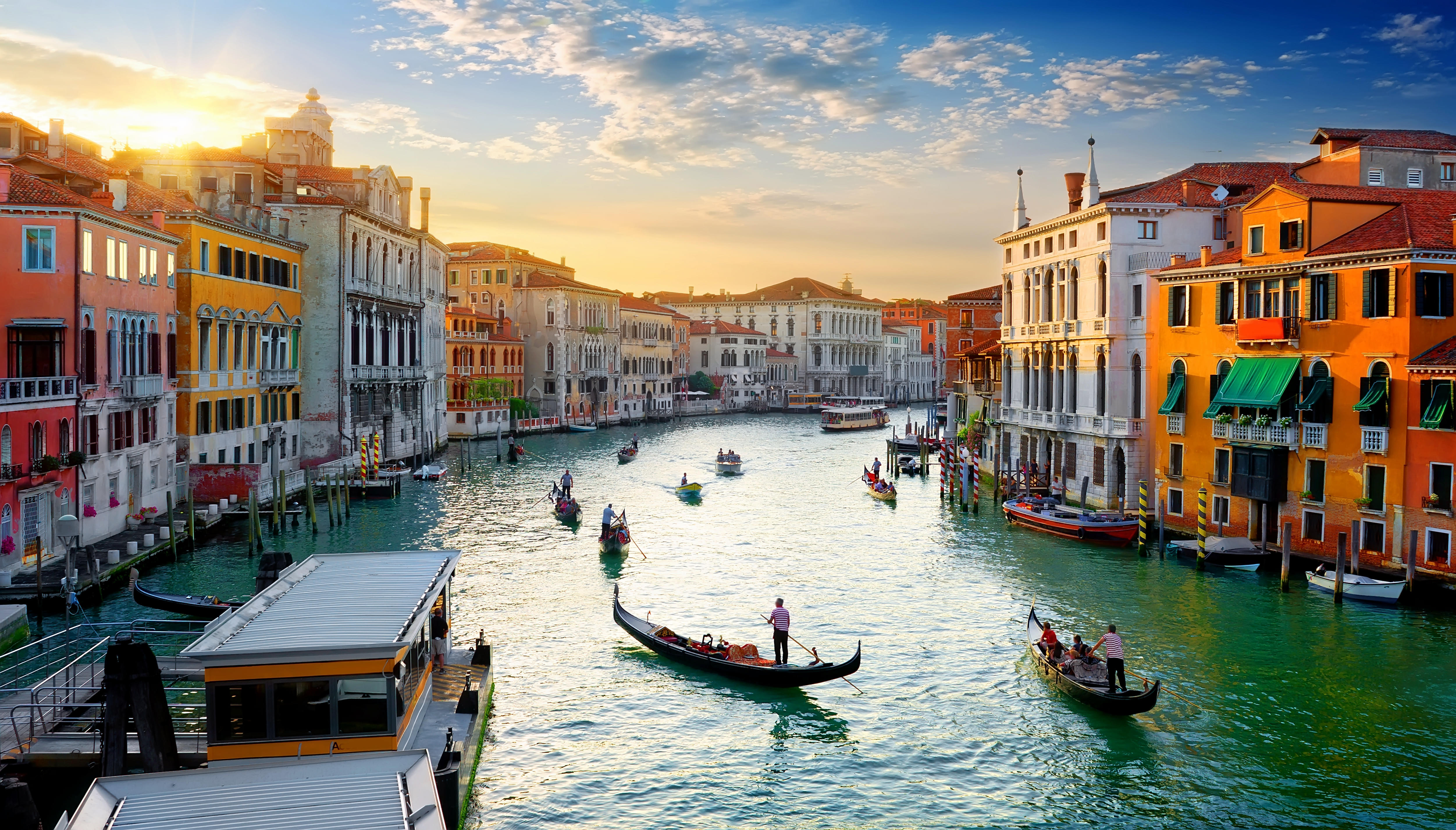

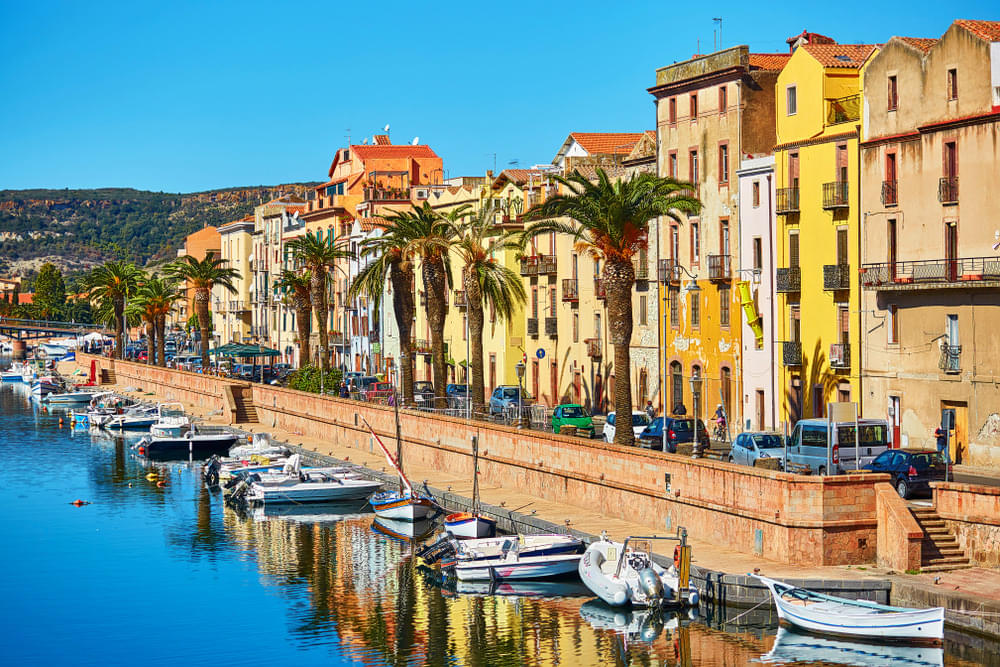
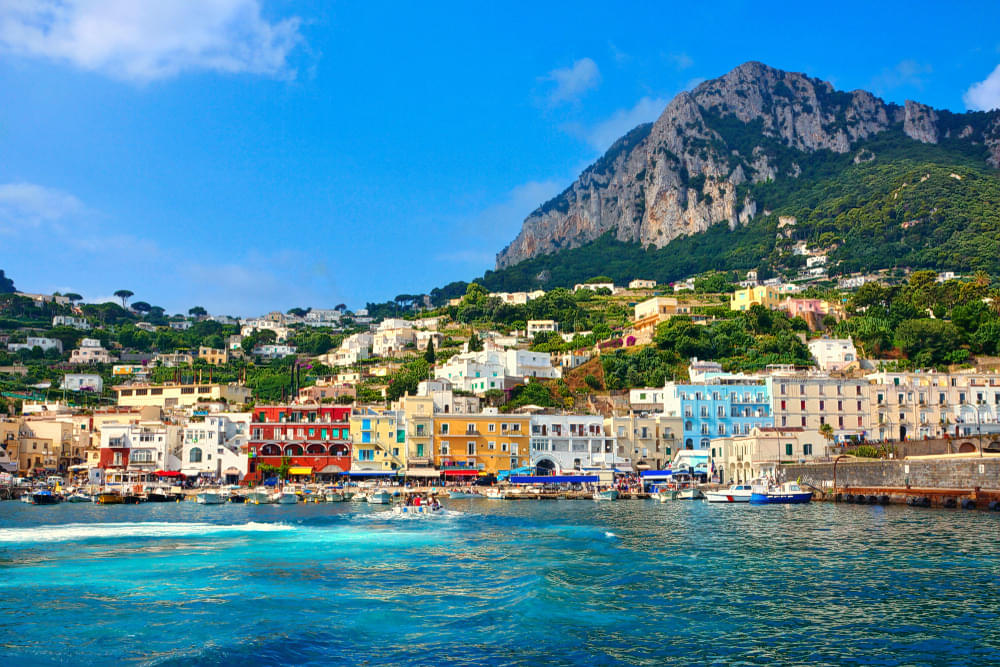
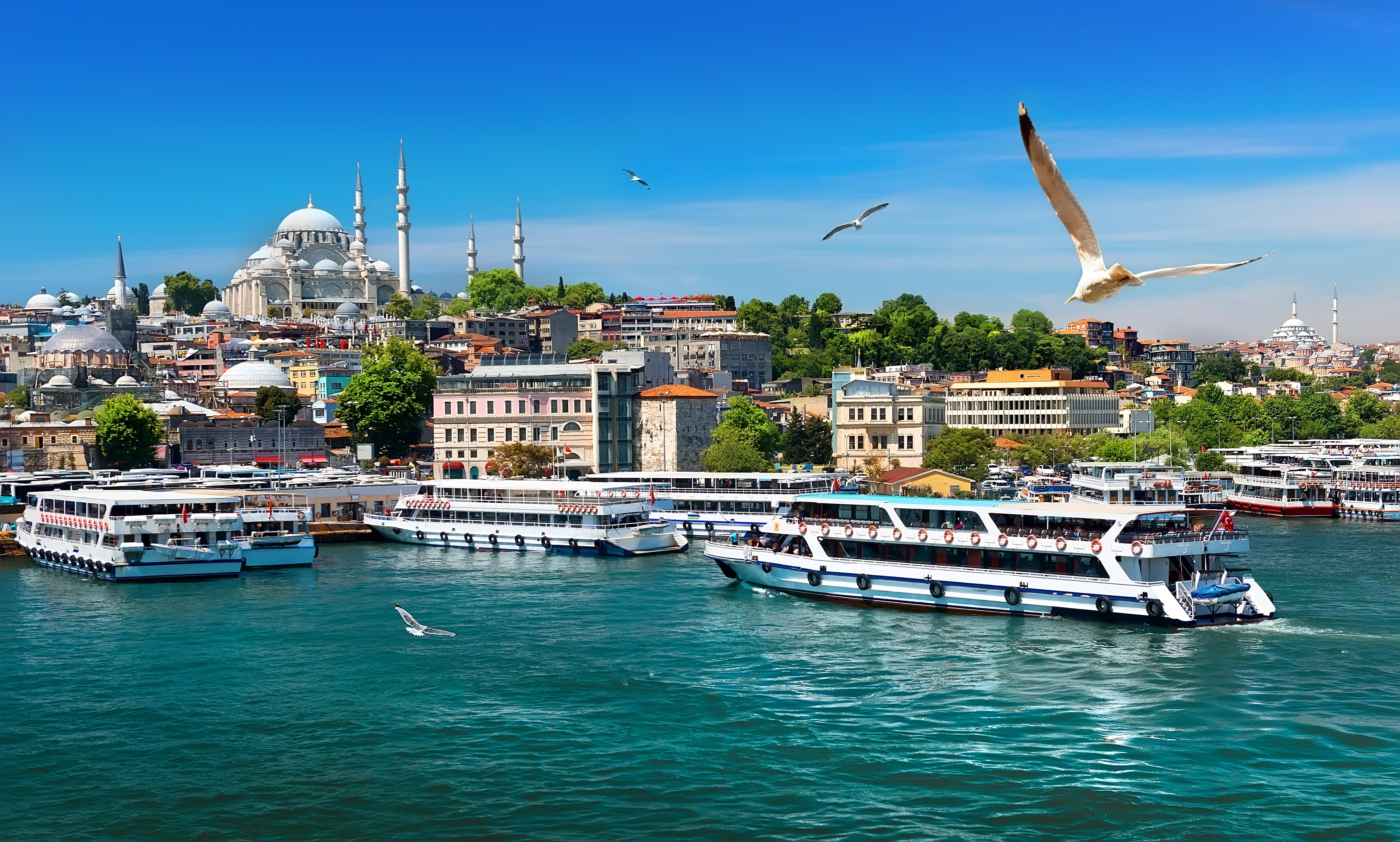
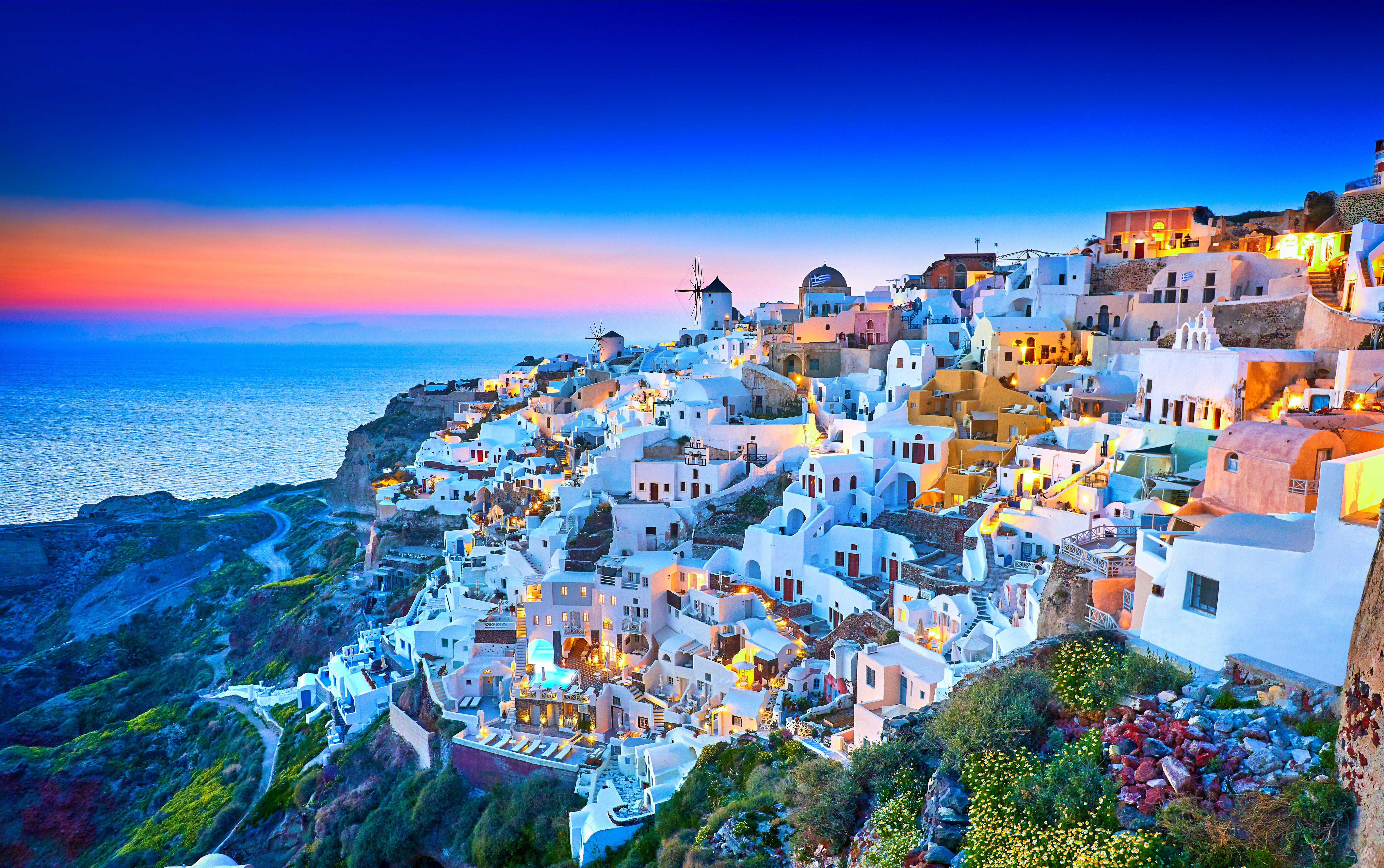
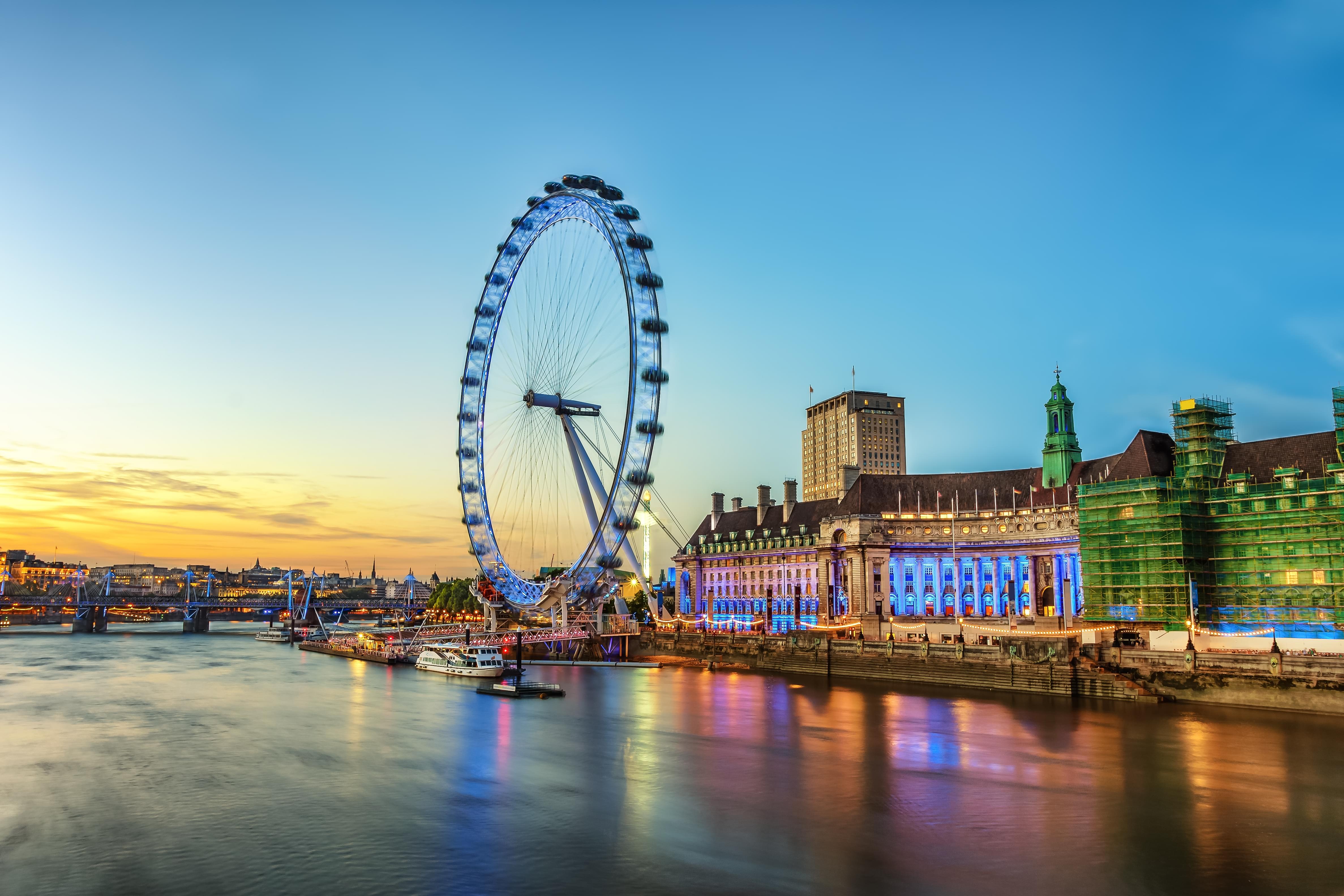
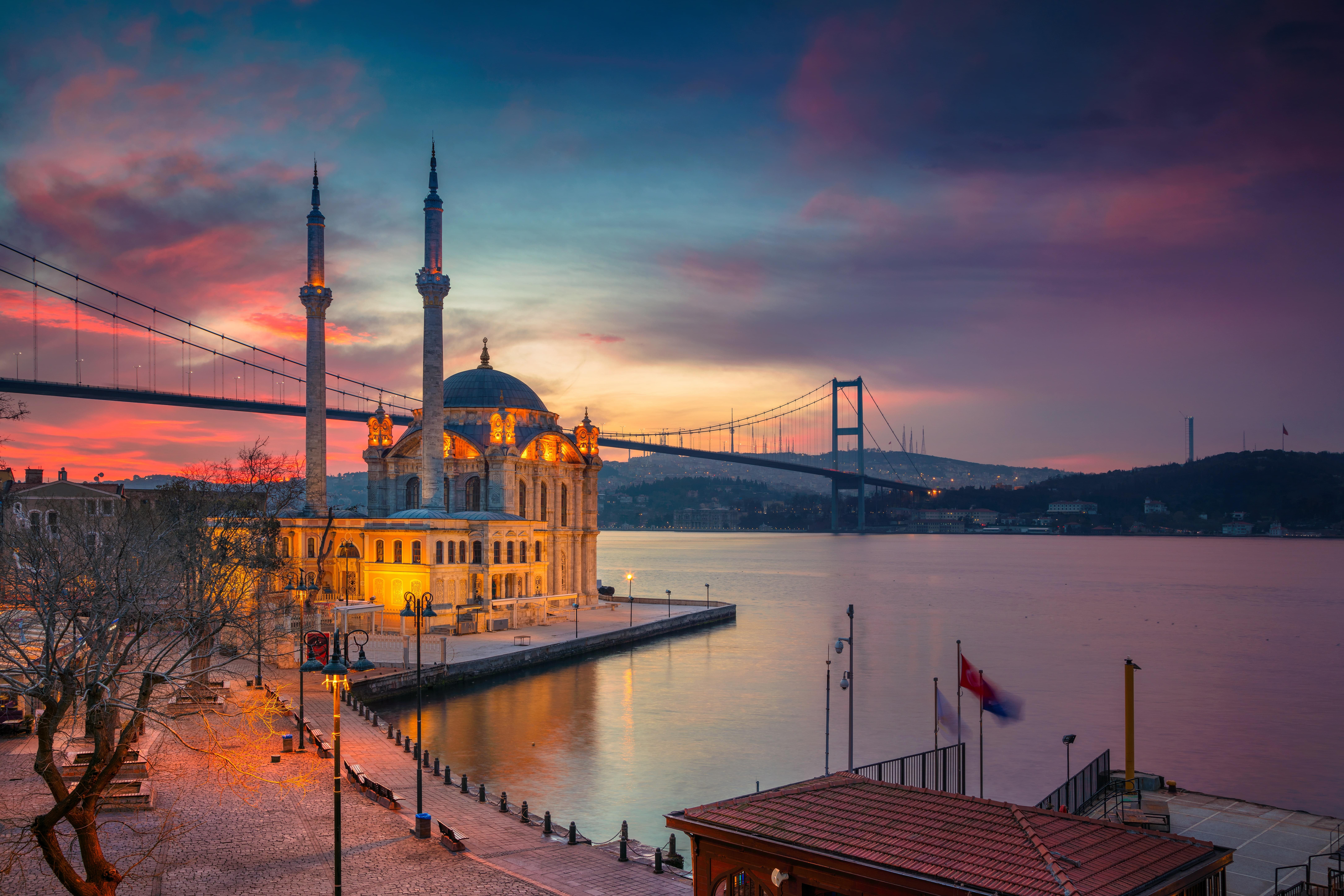
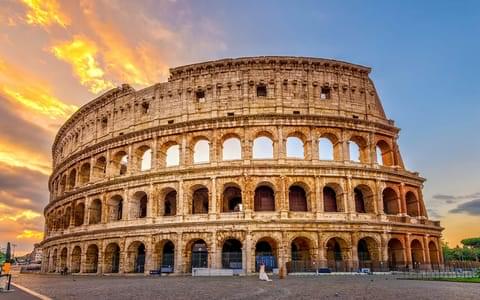
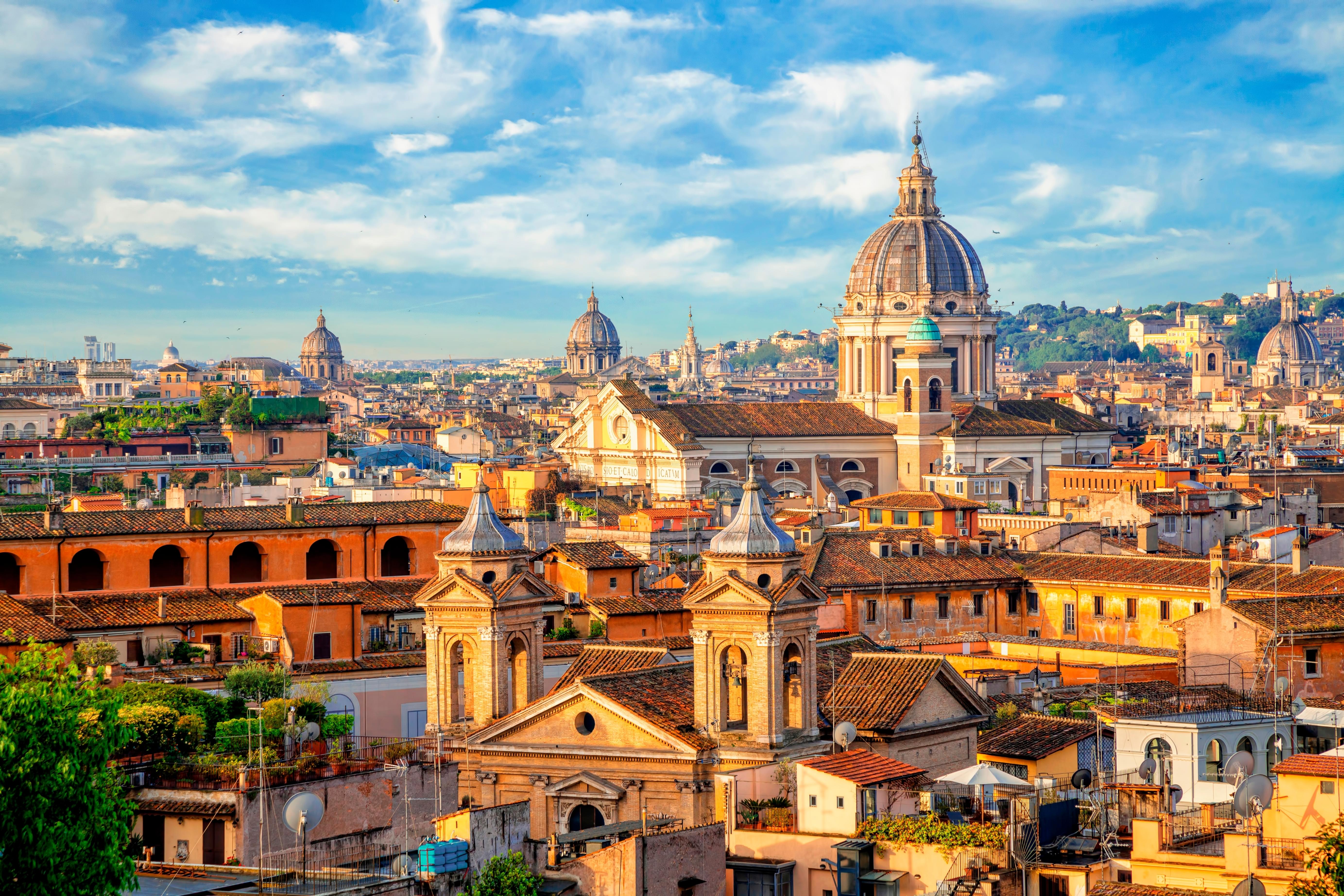
.jpg)
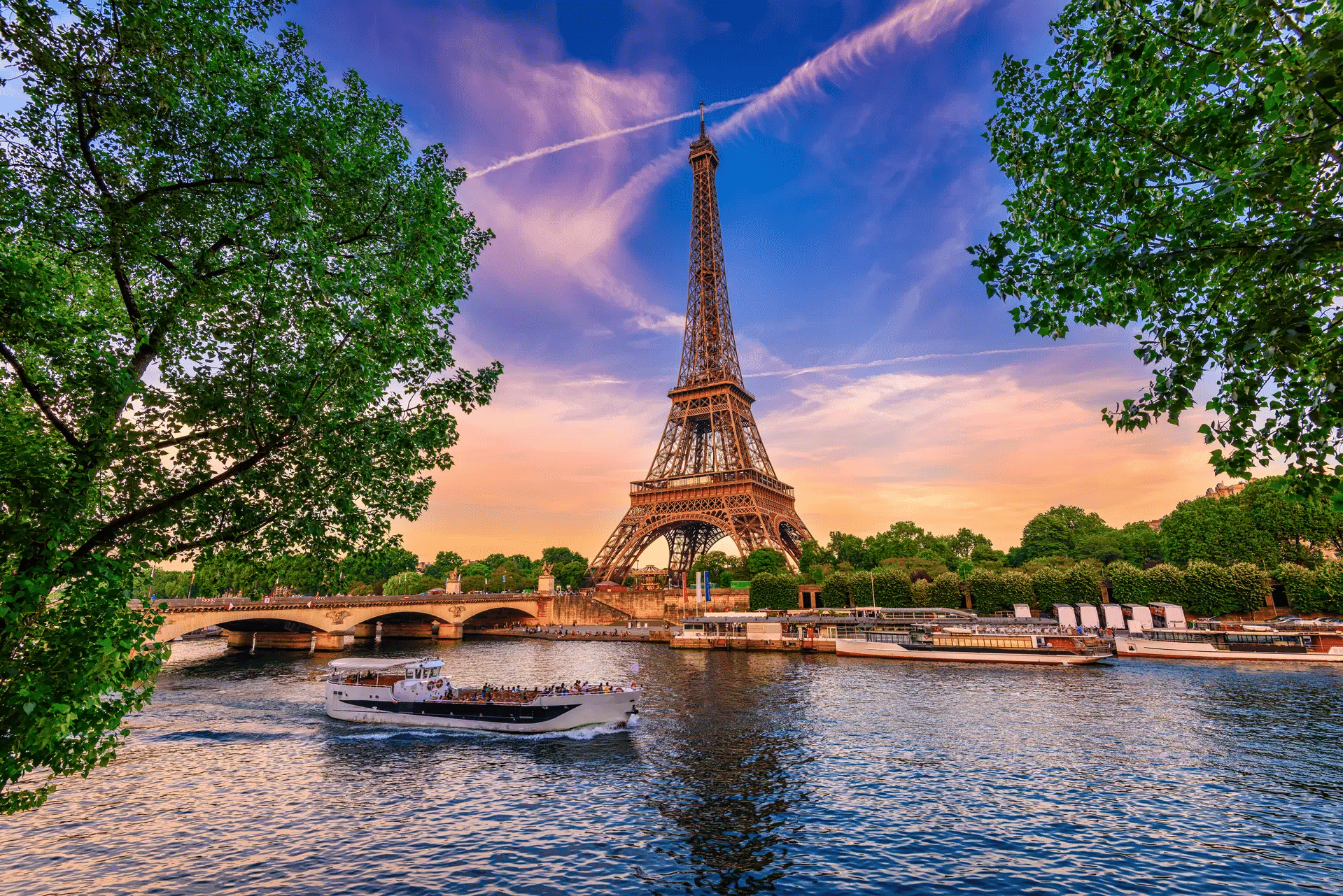

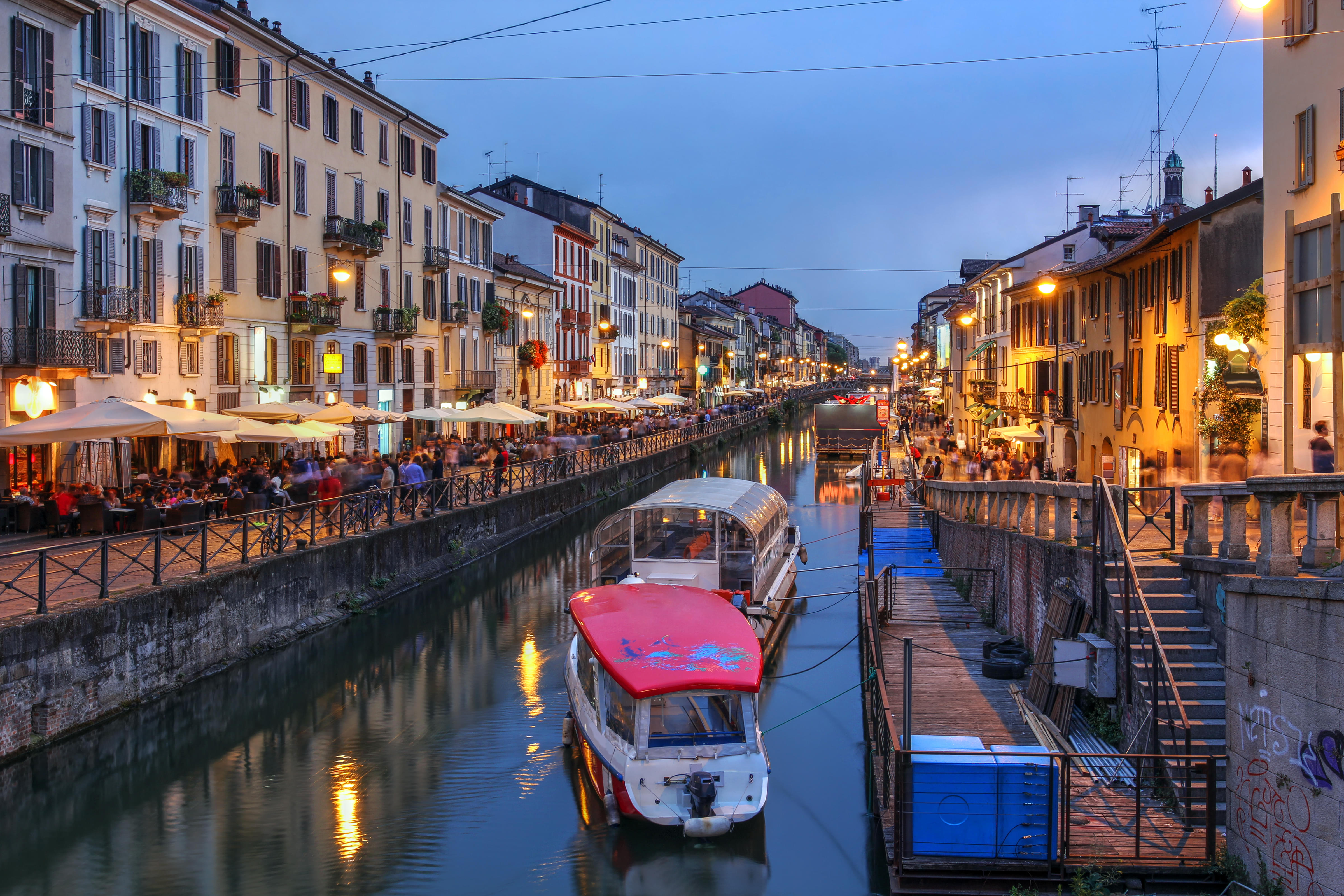

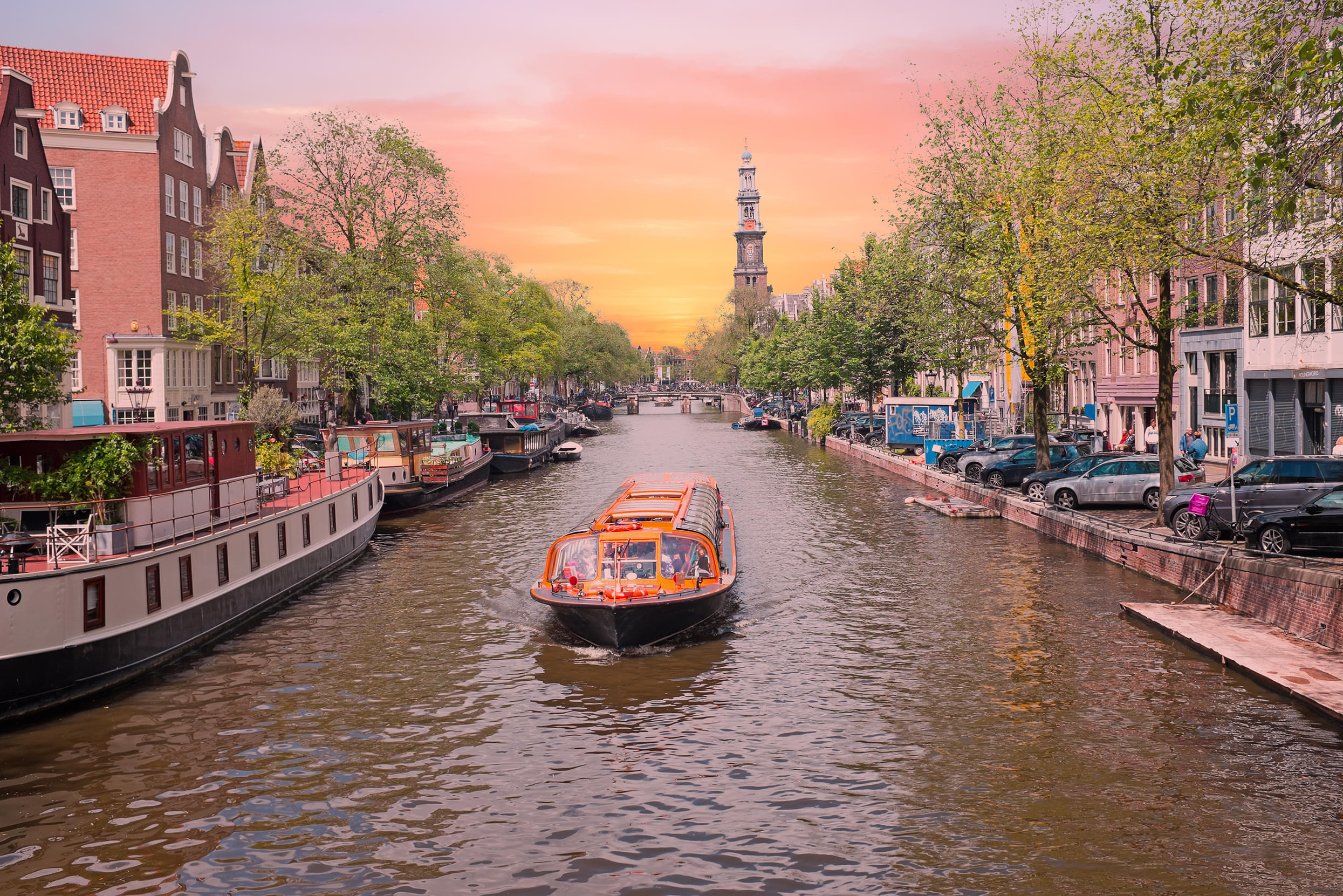
.jpg)